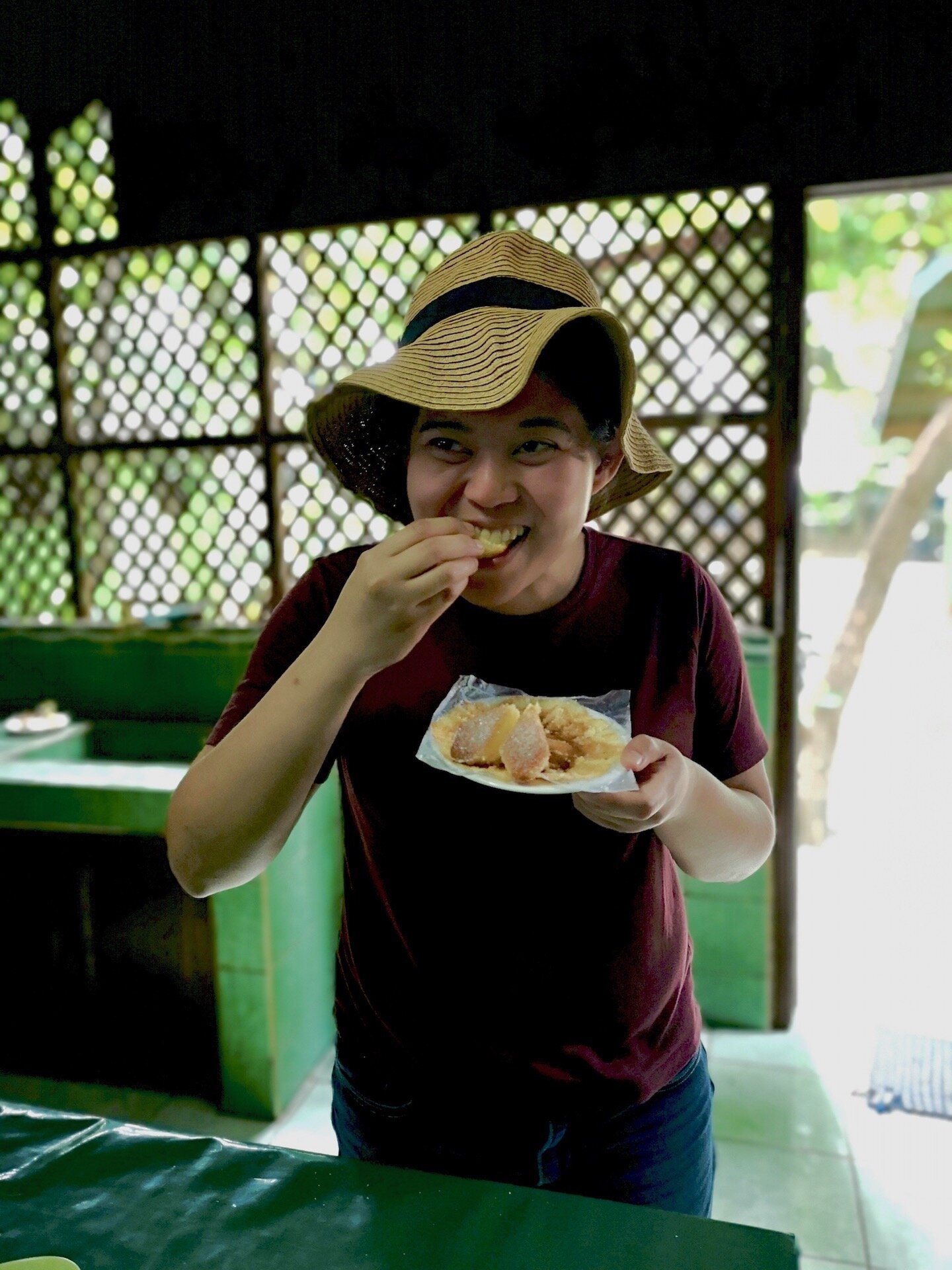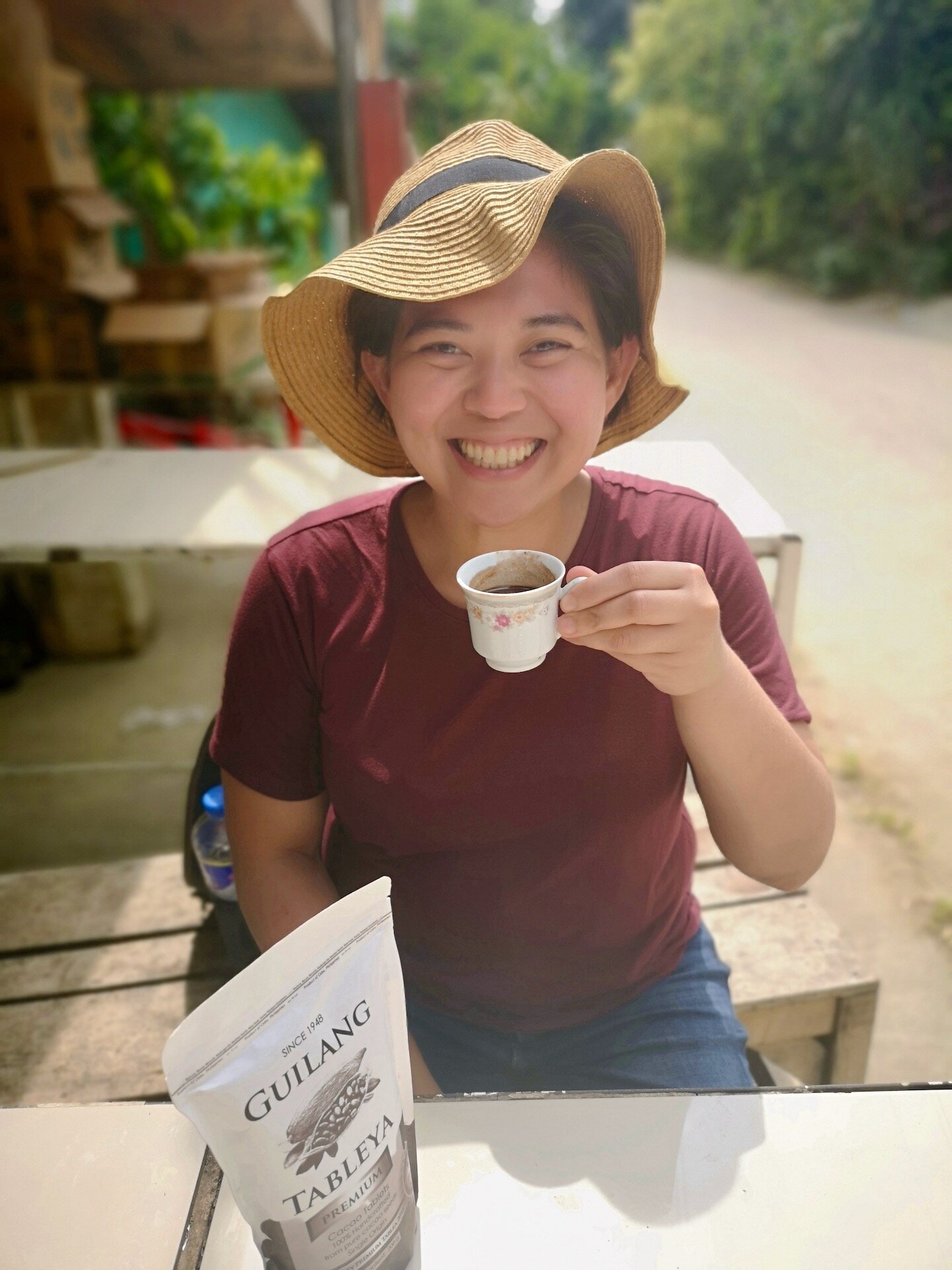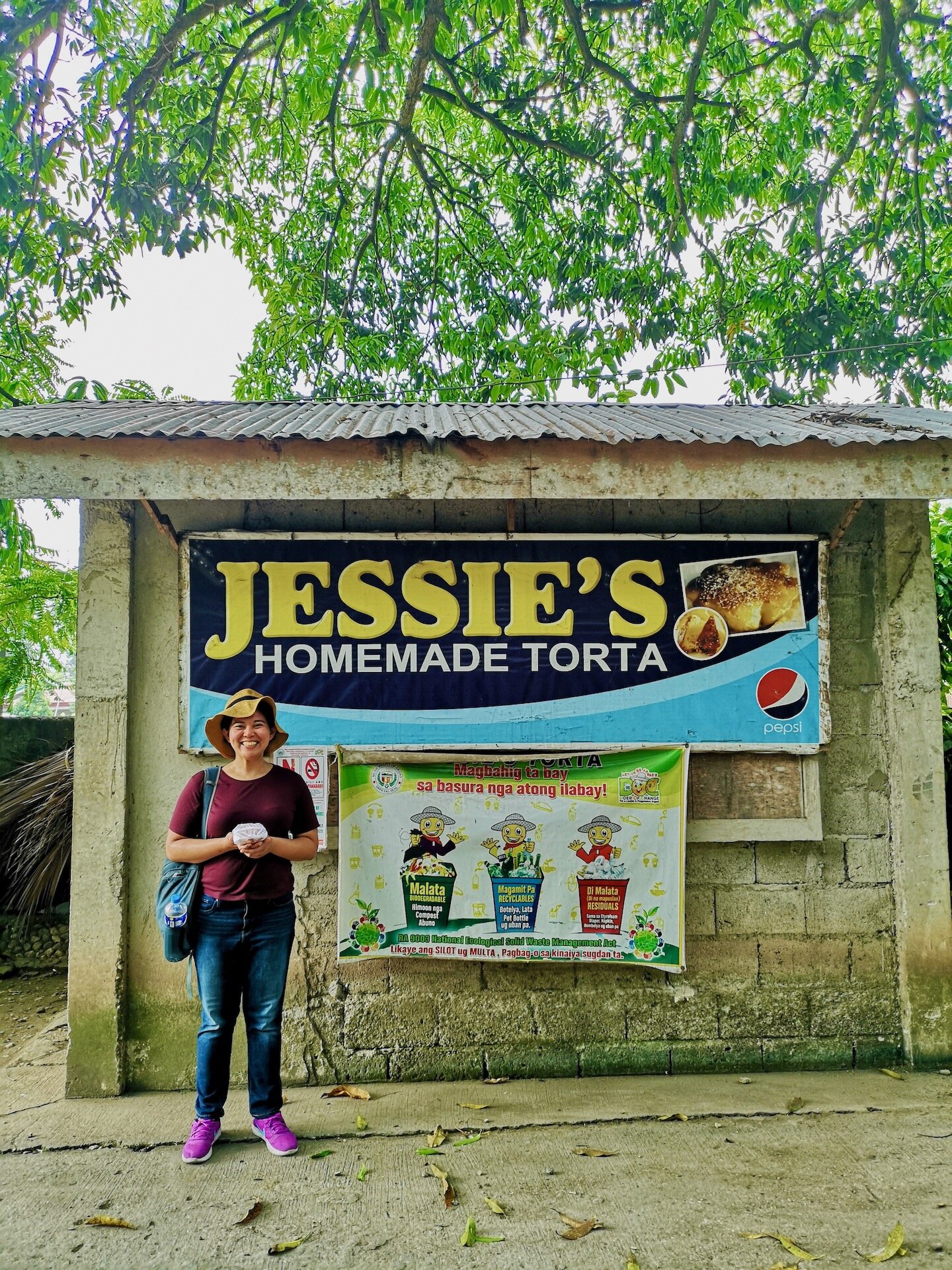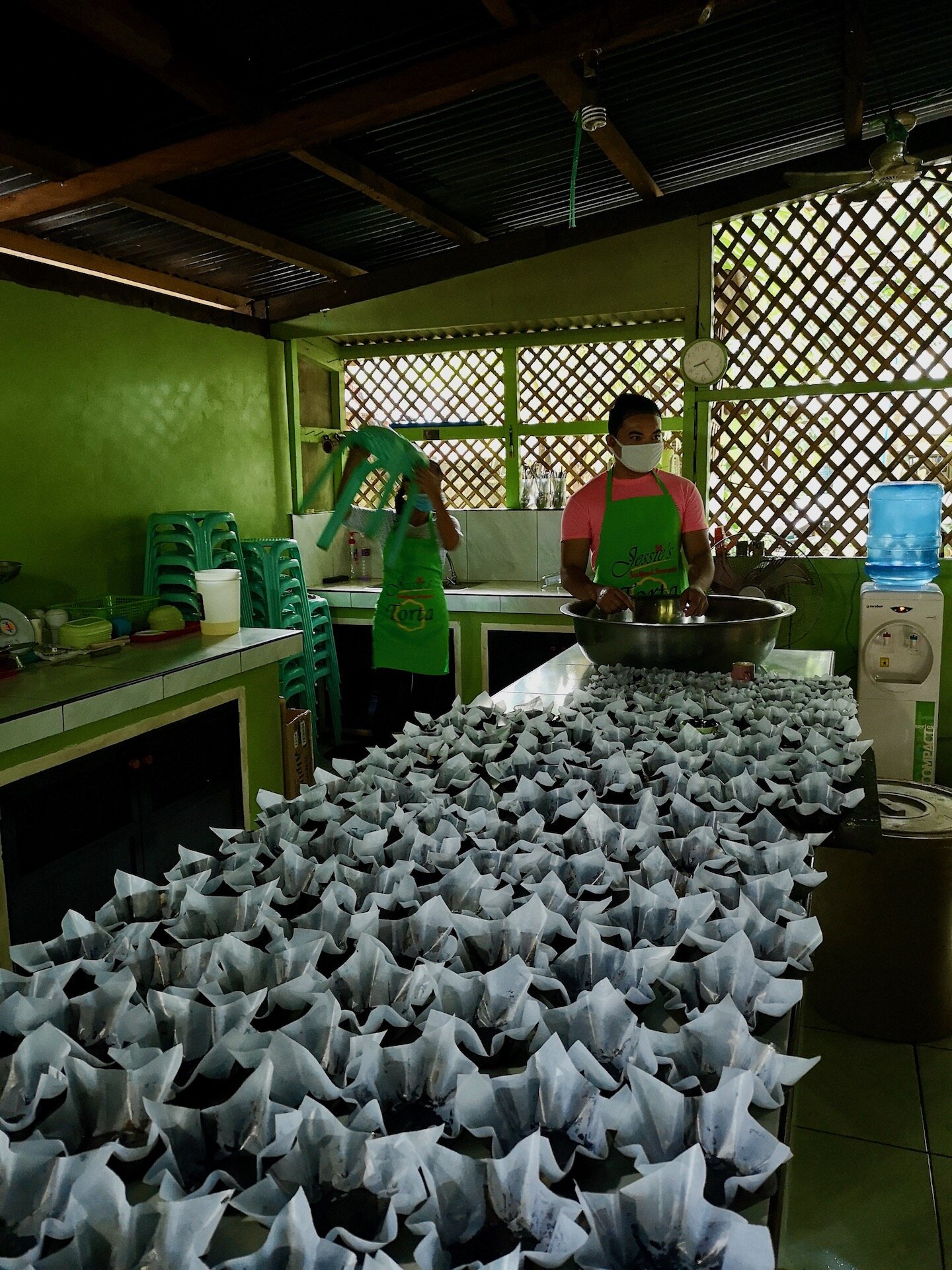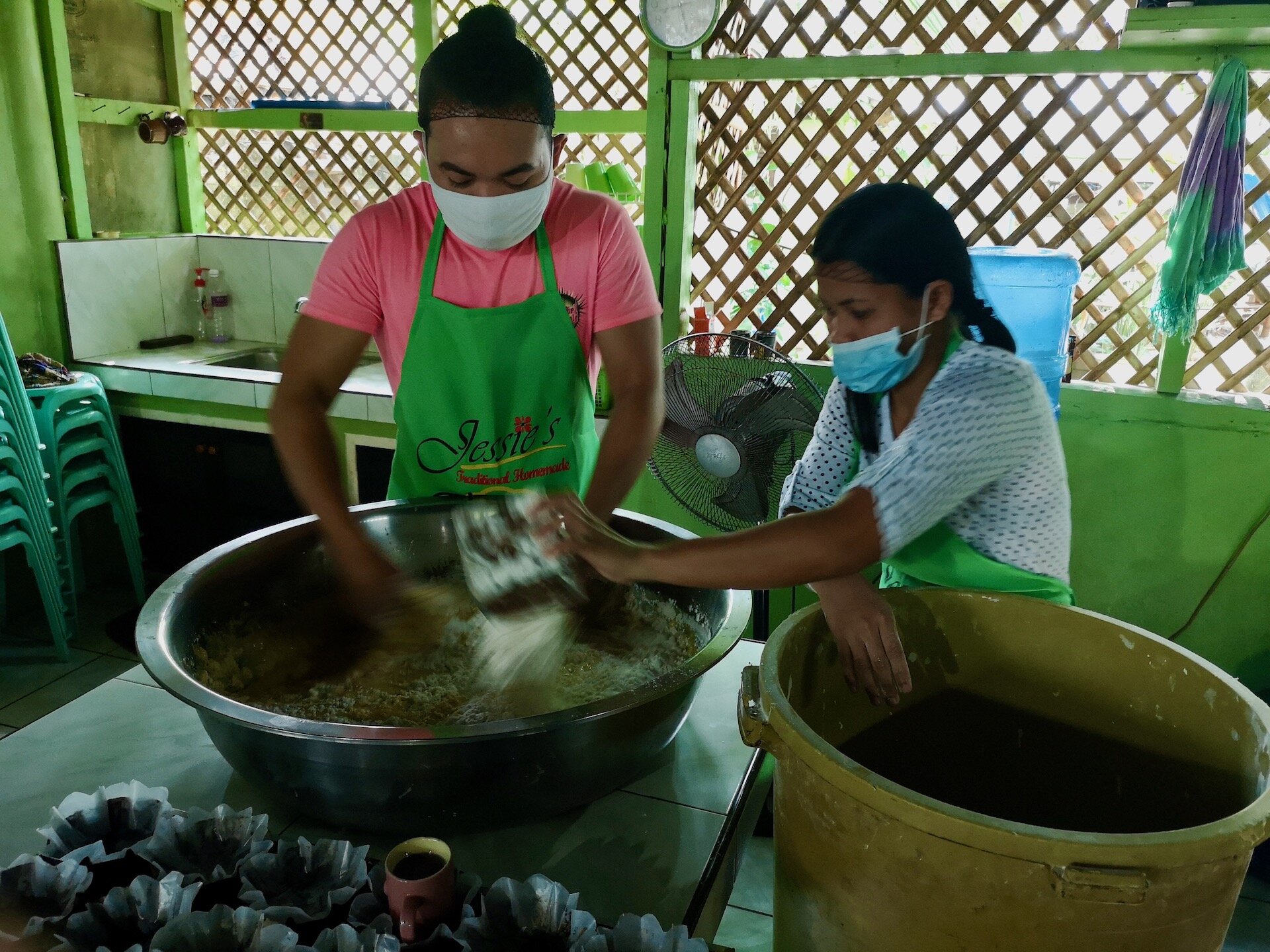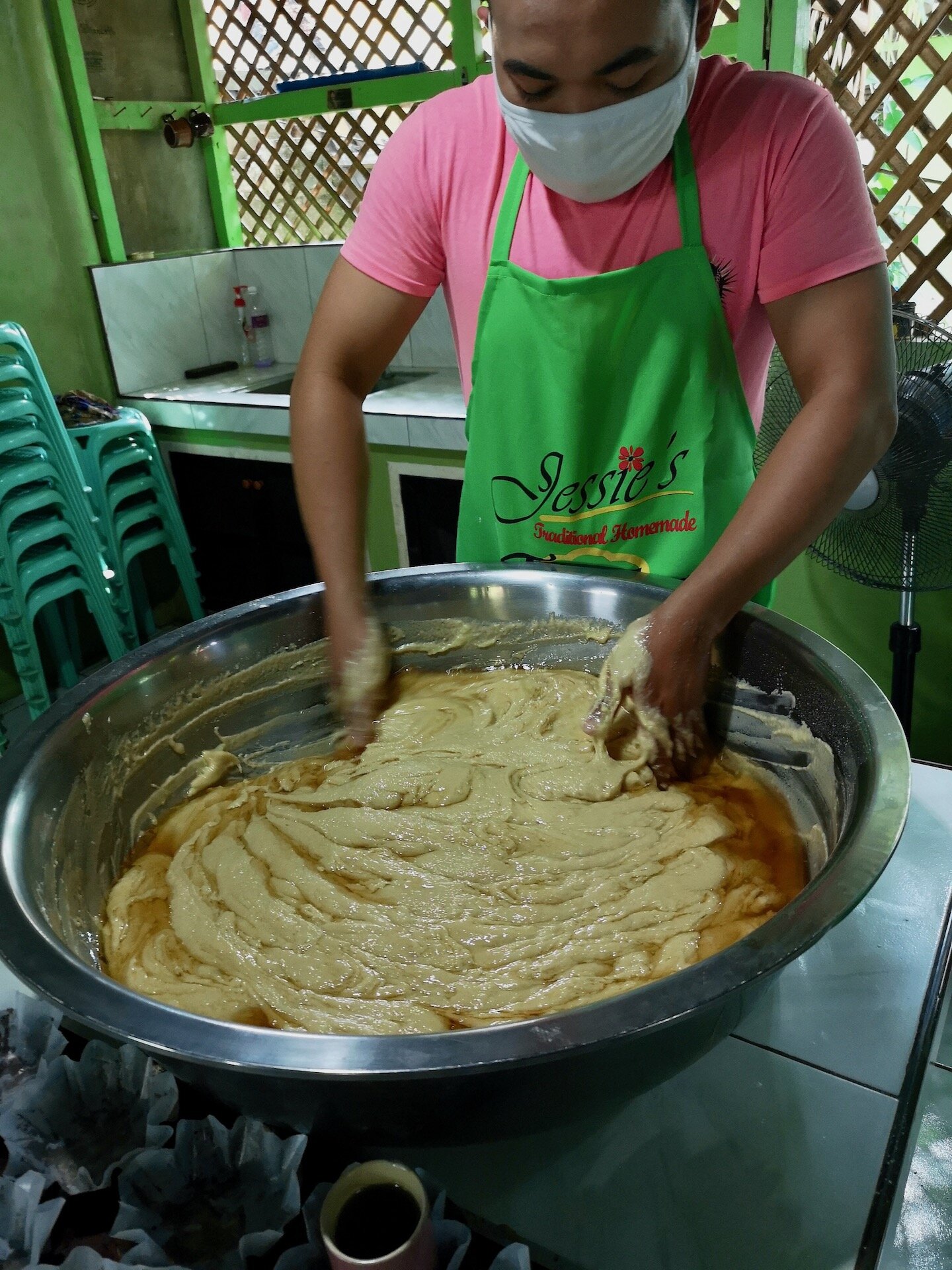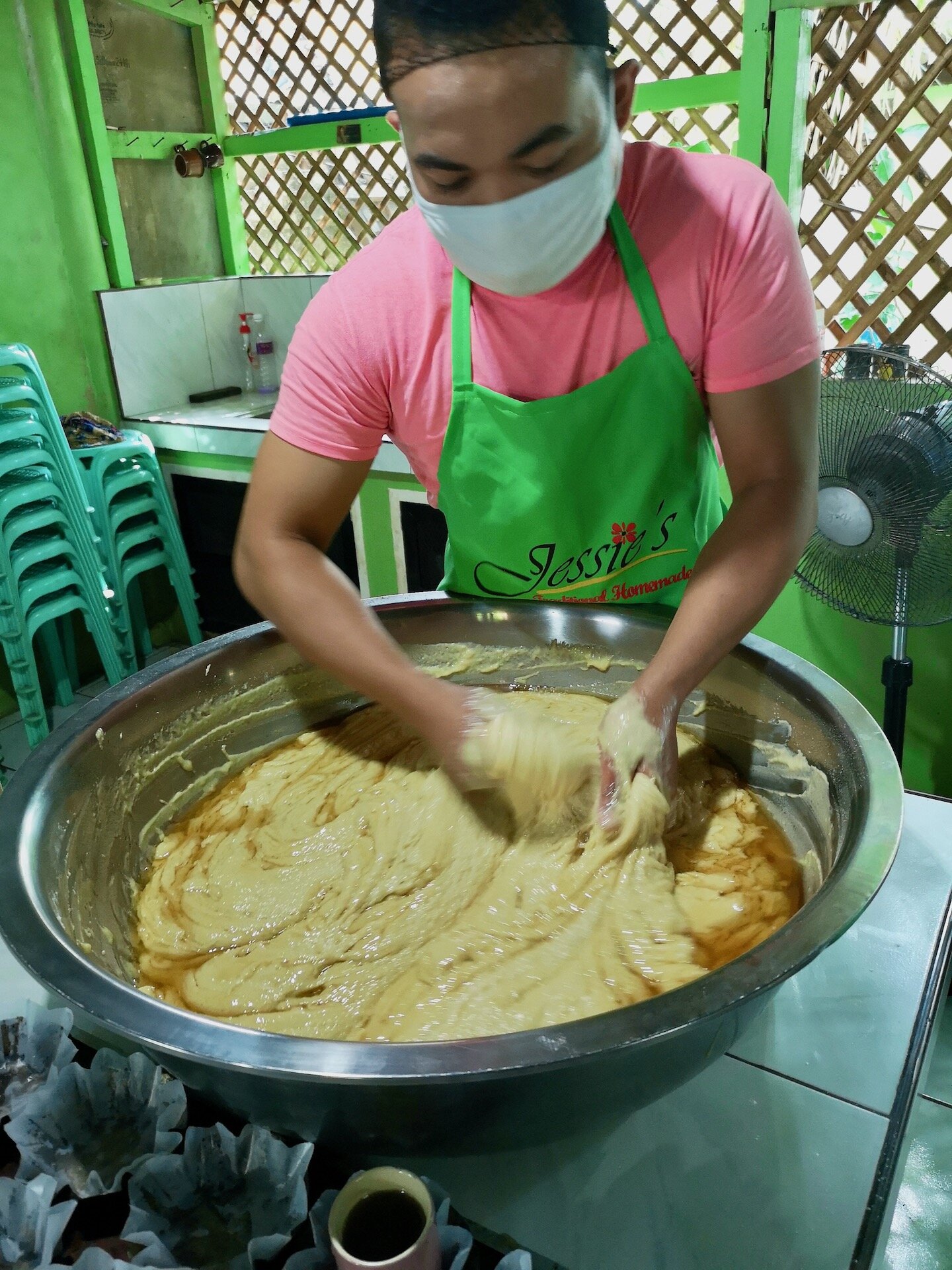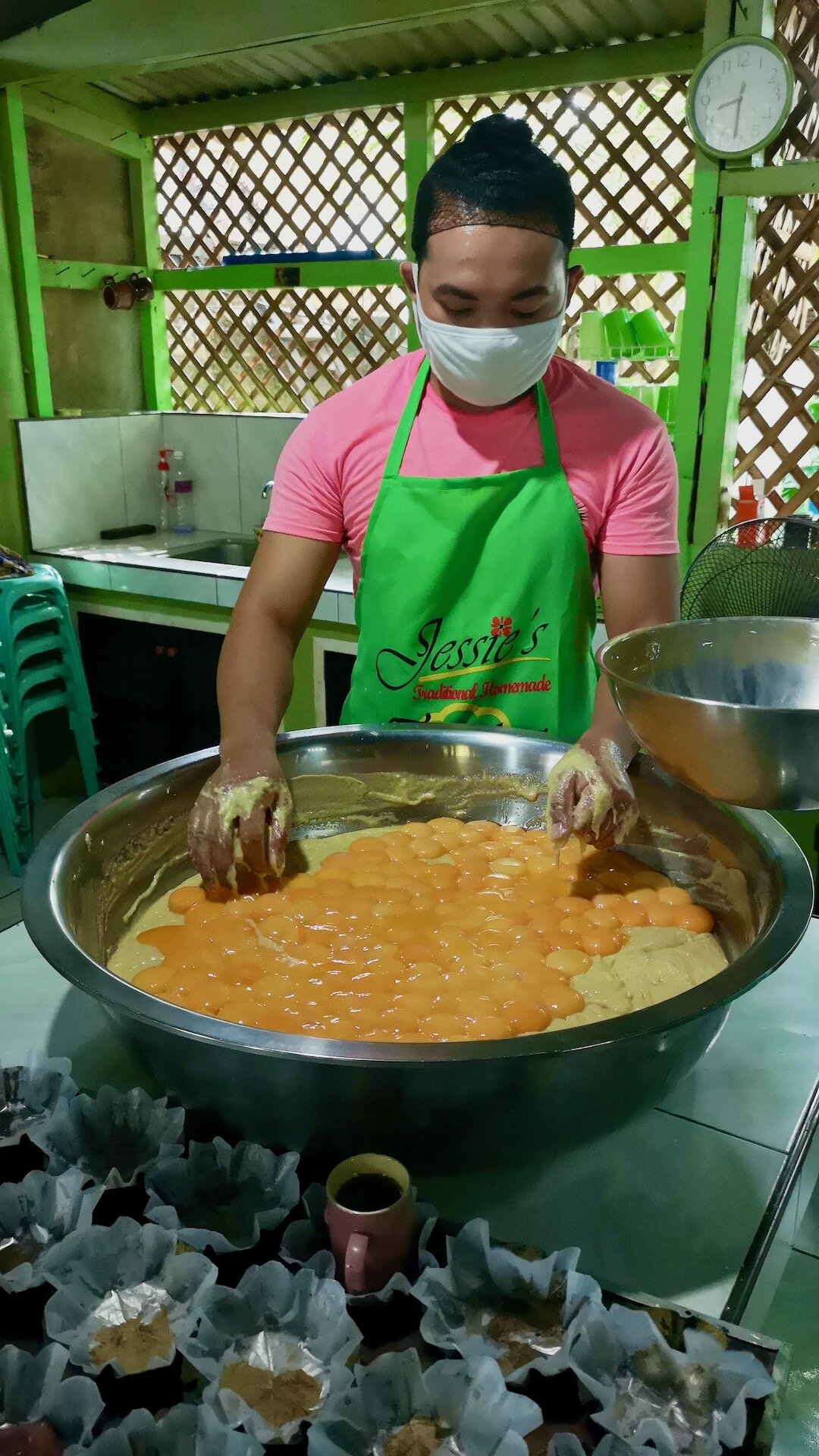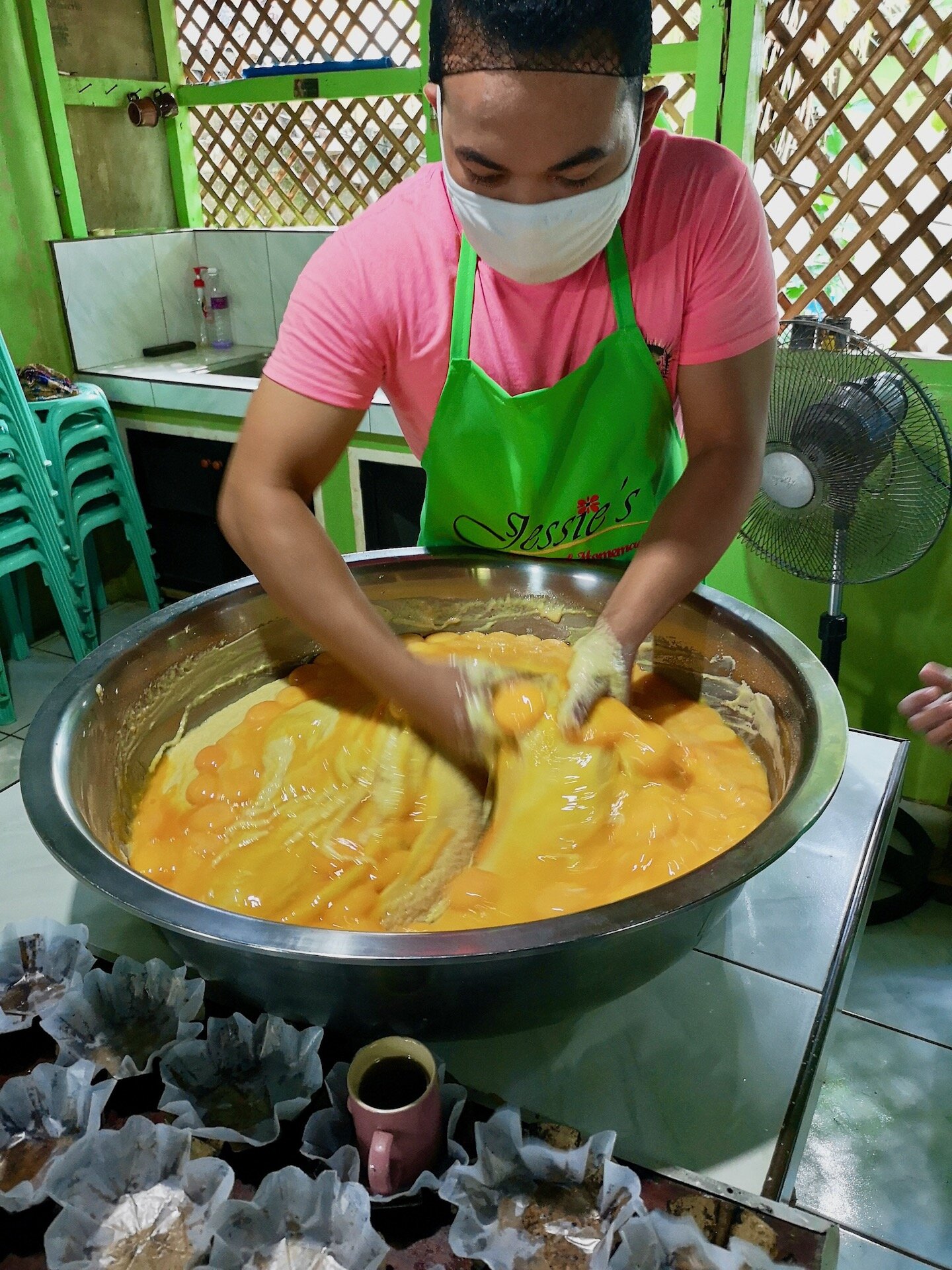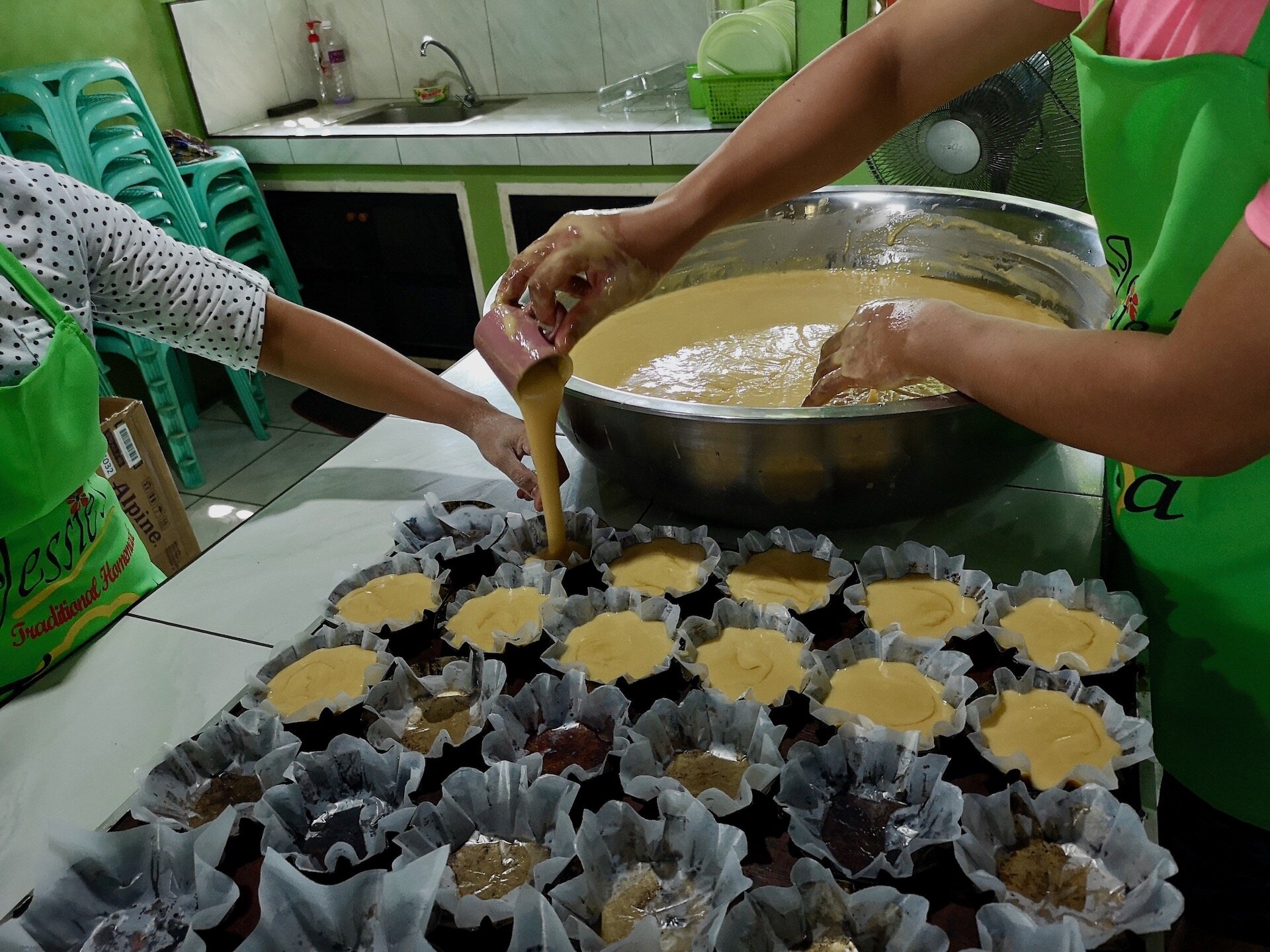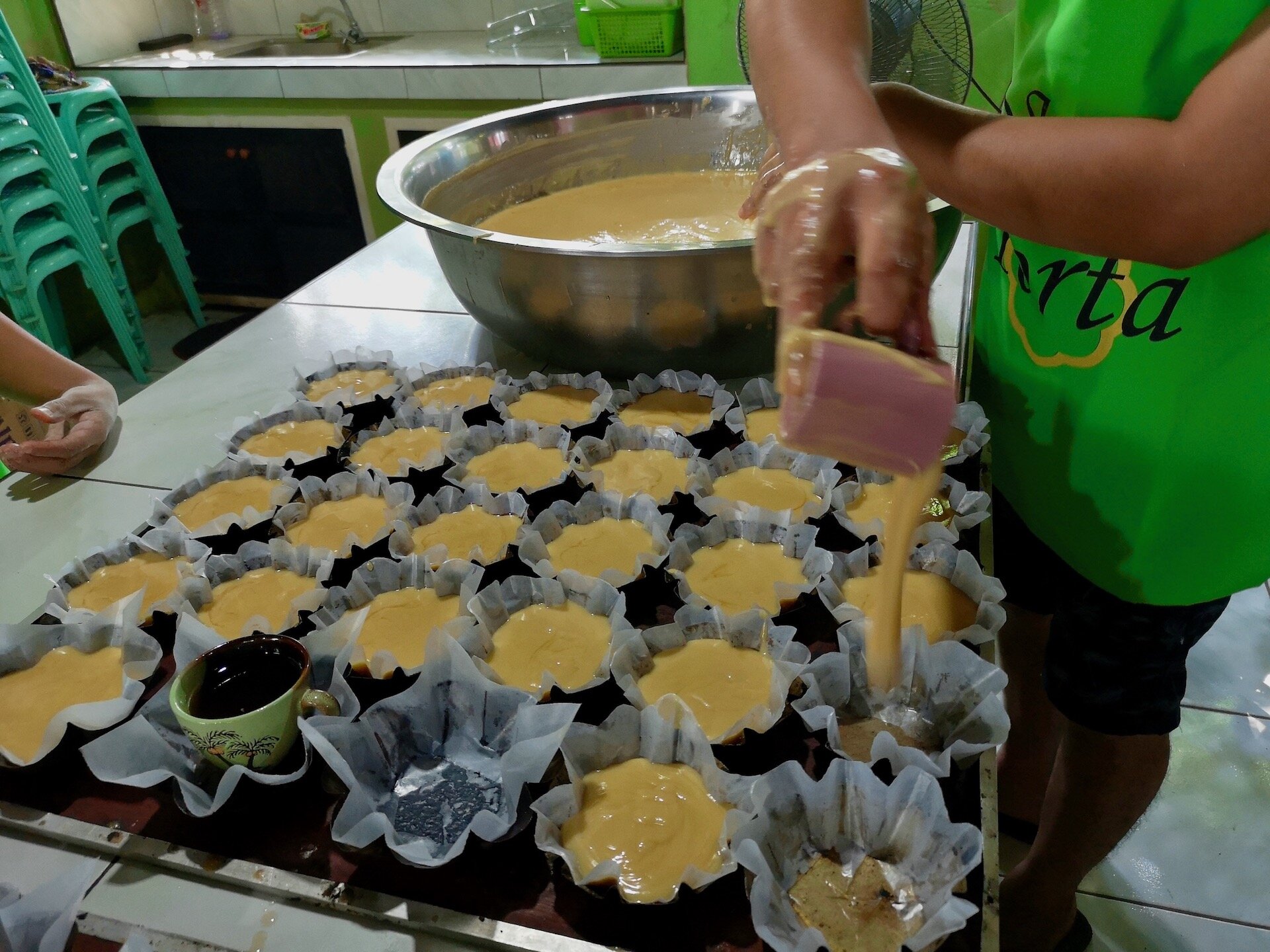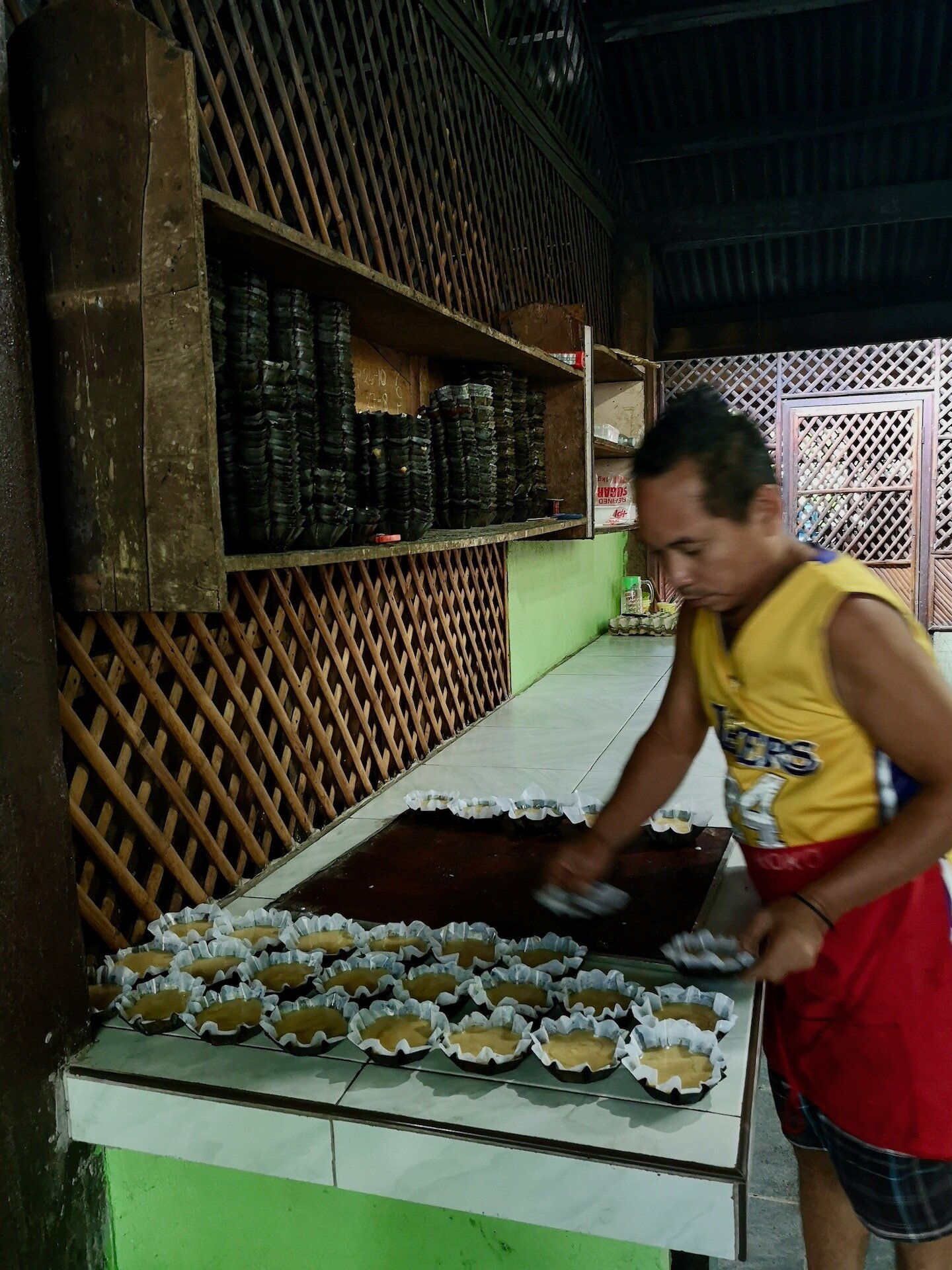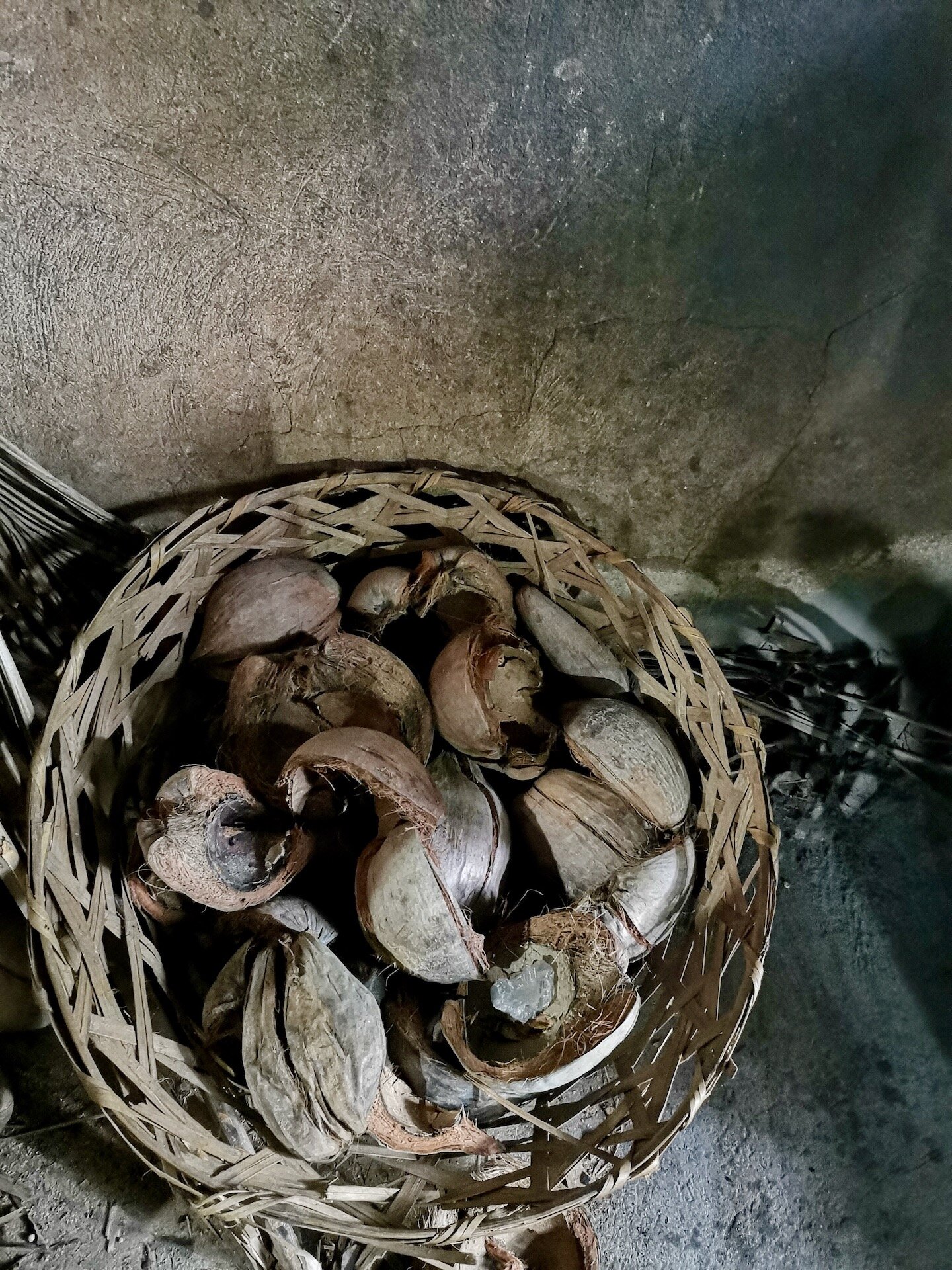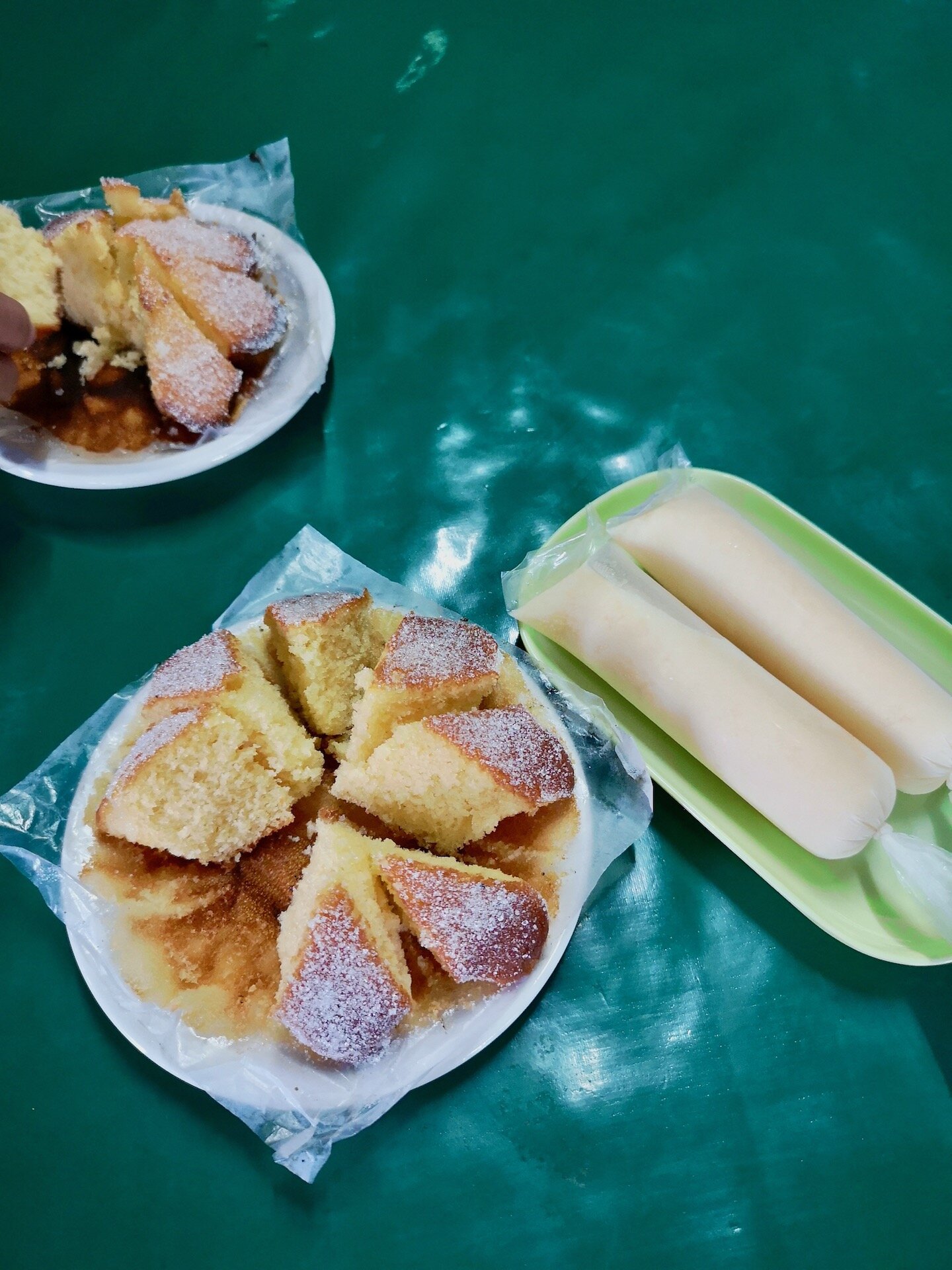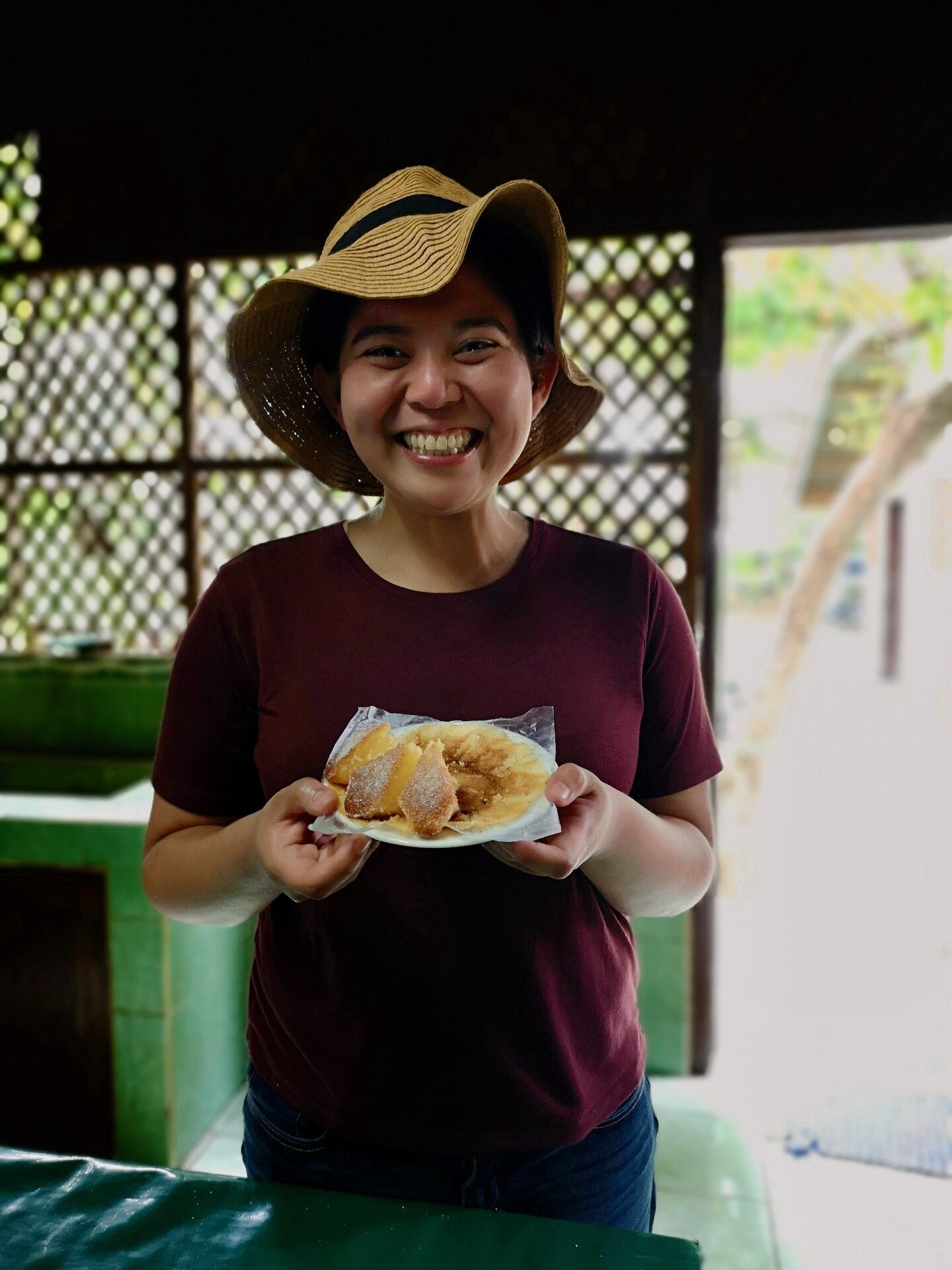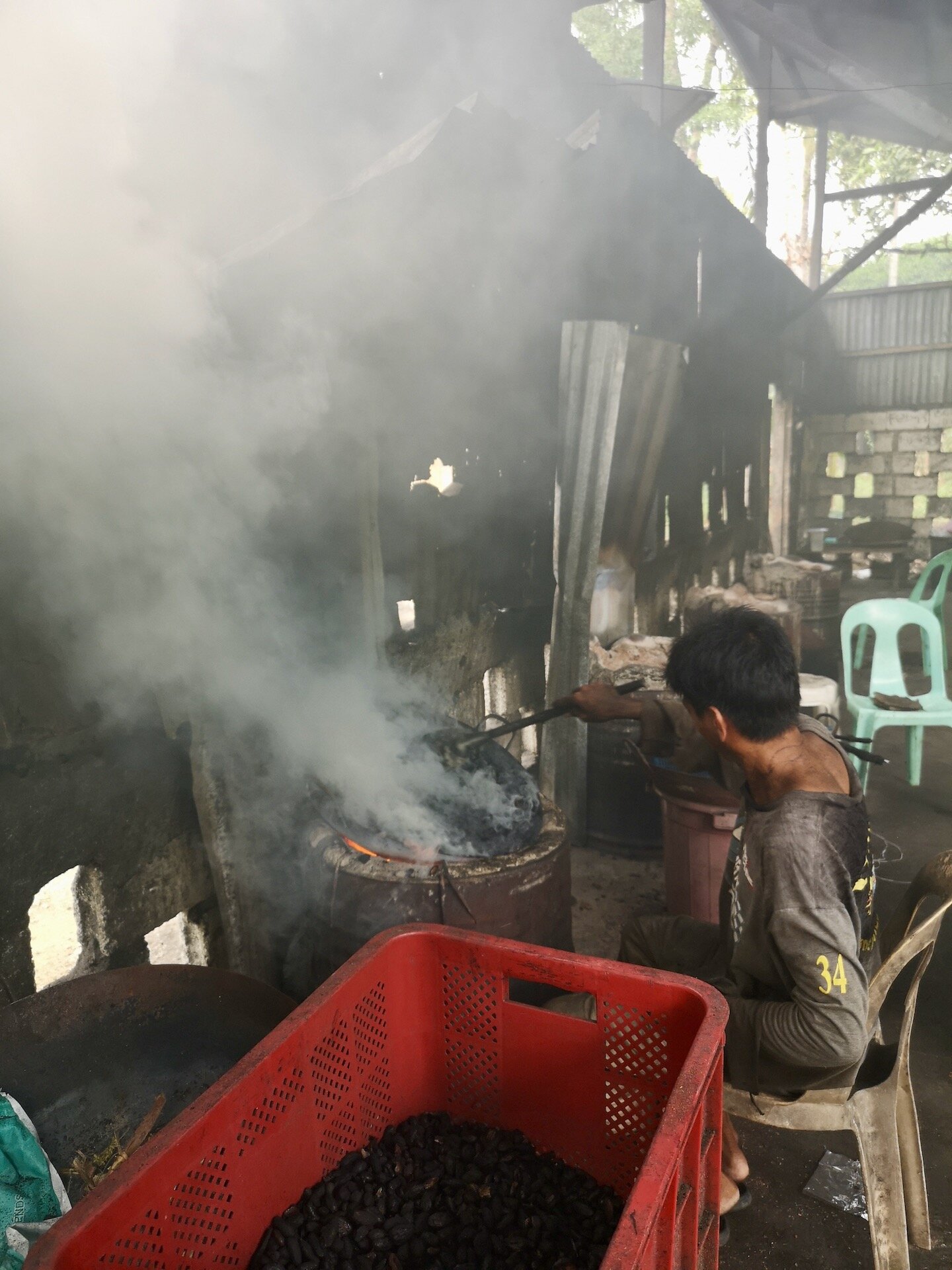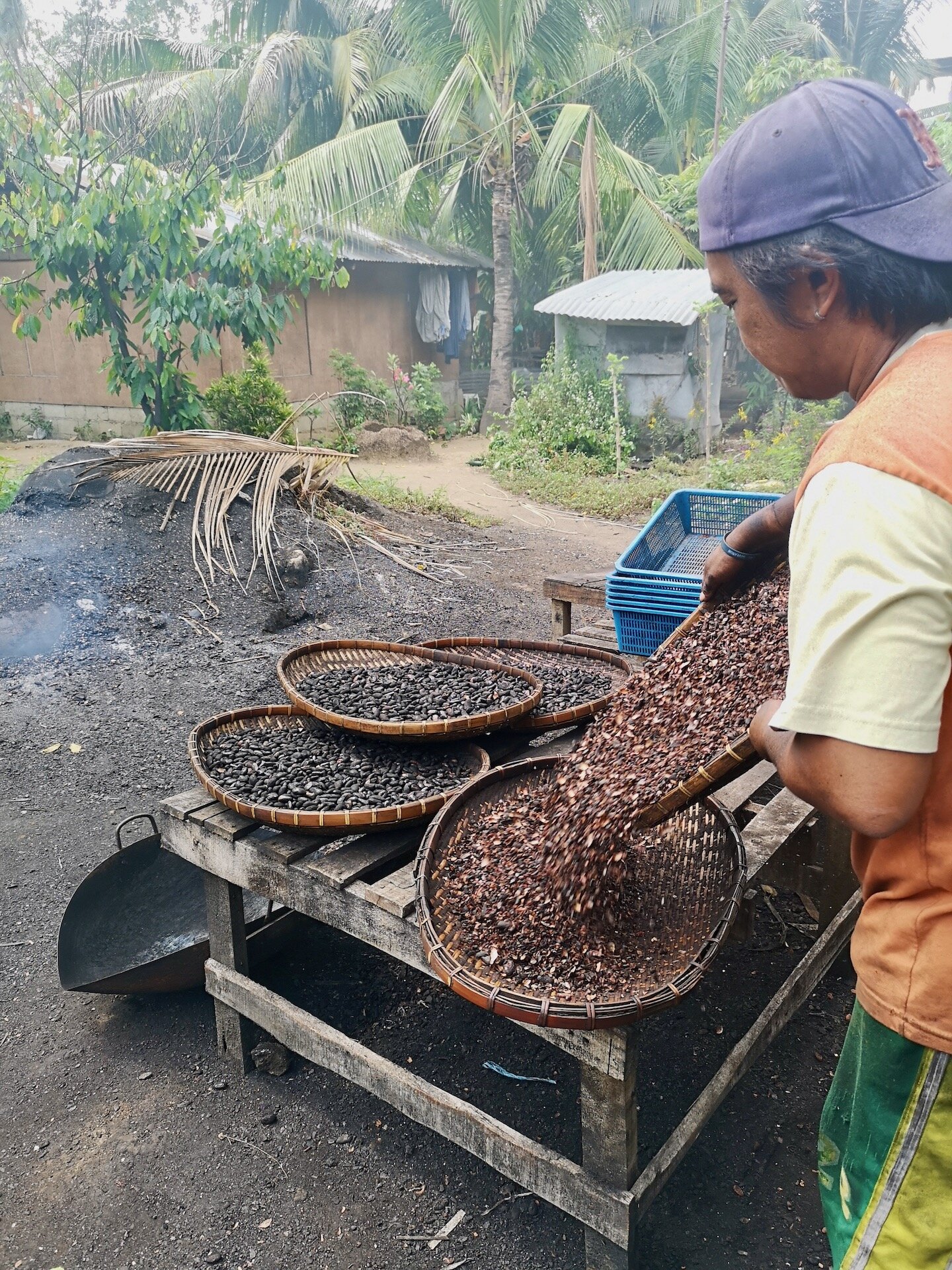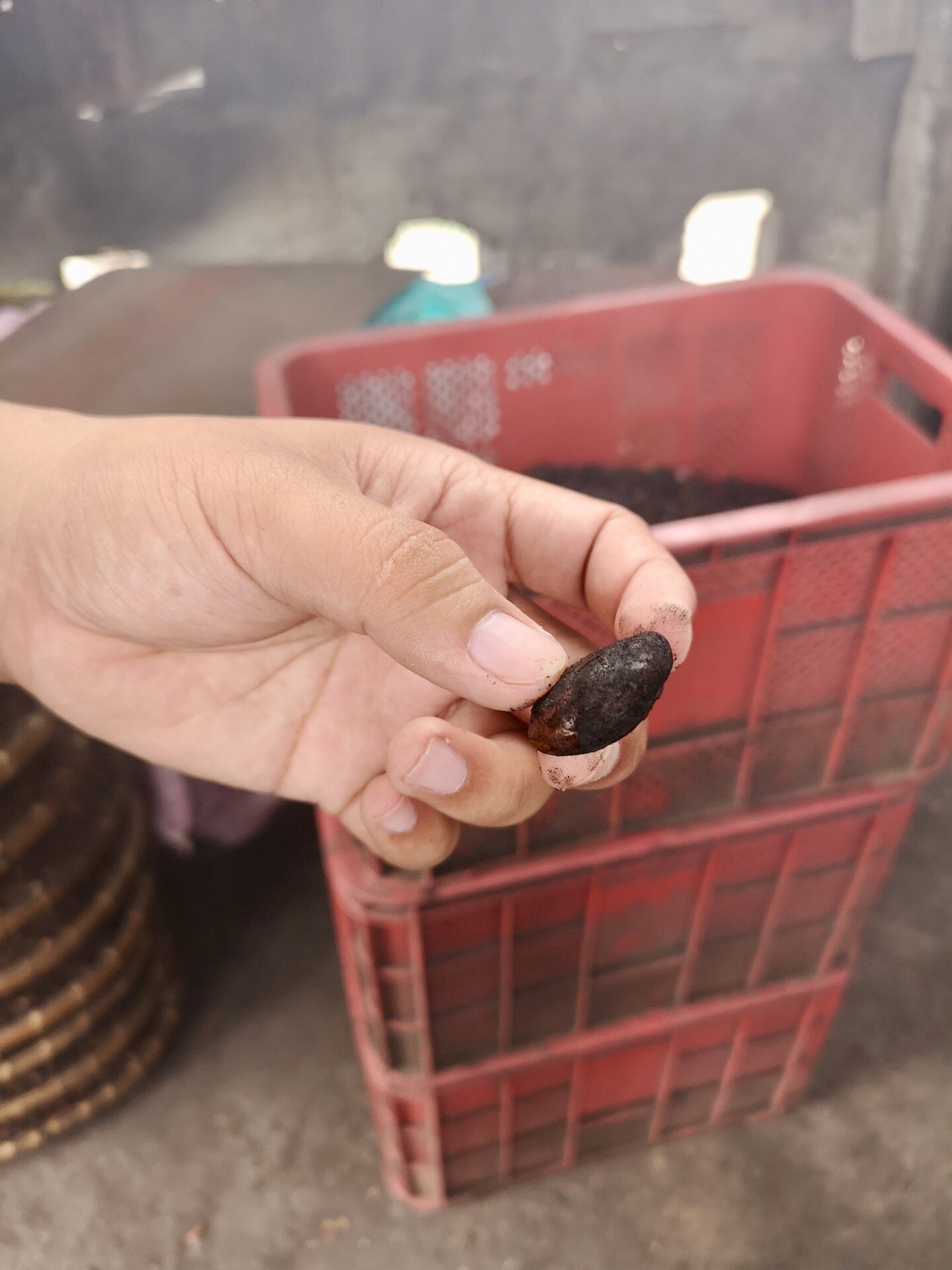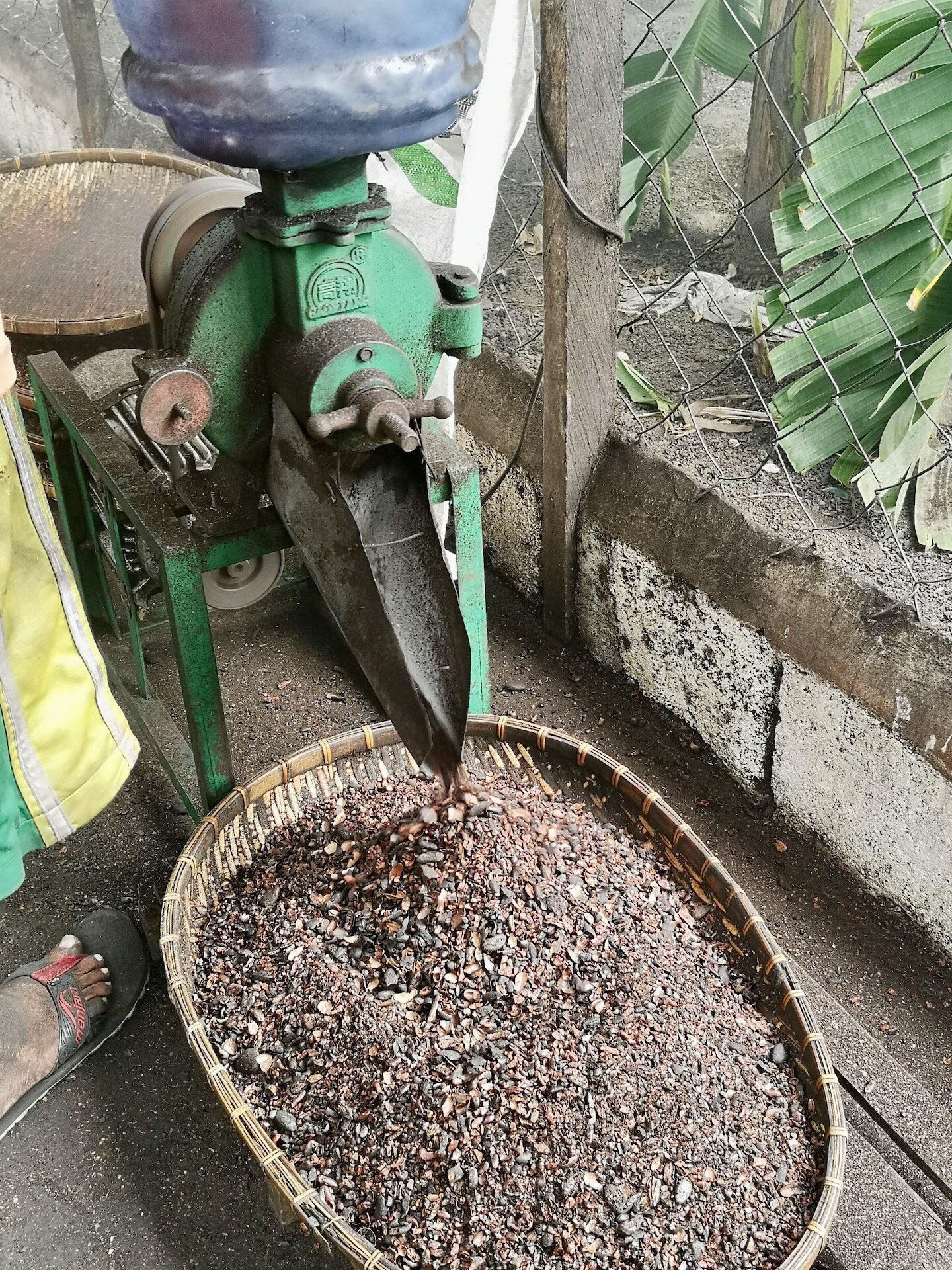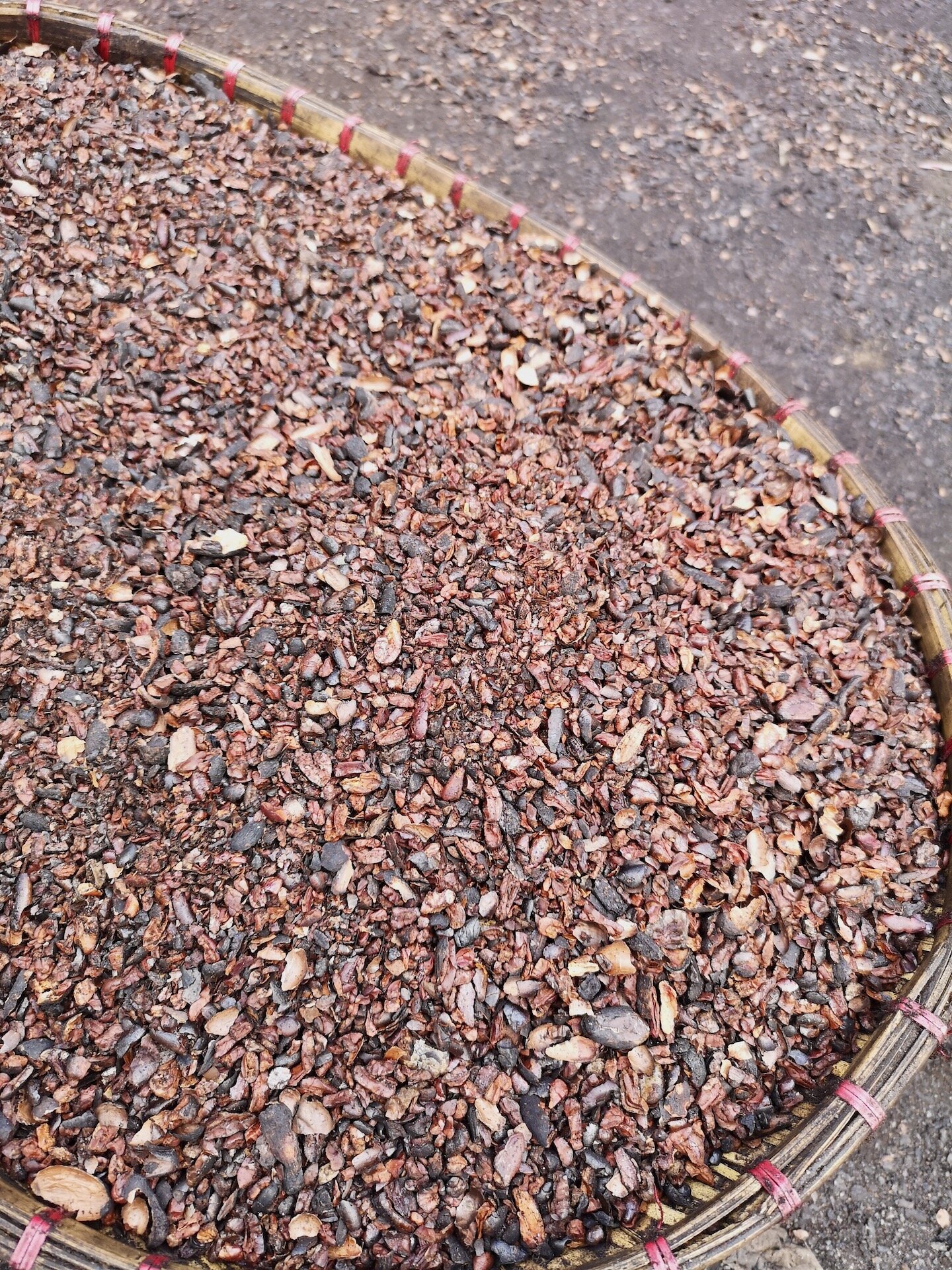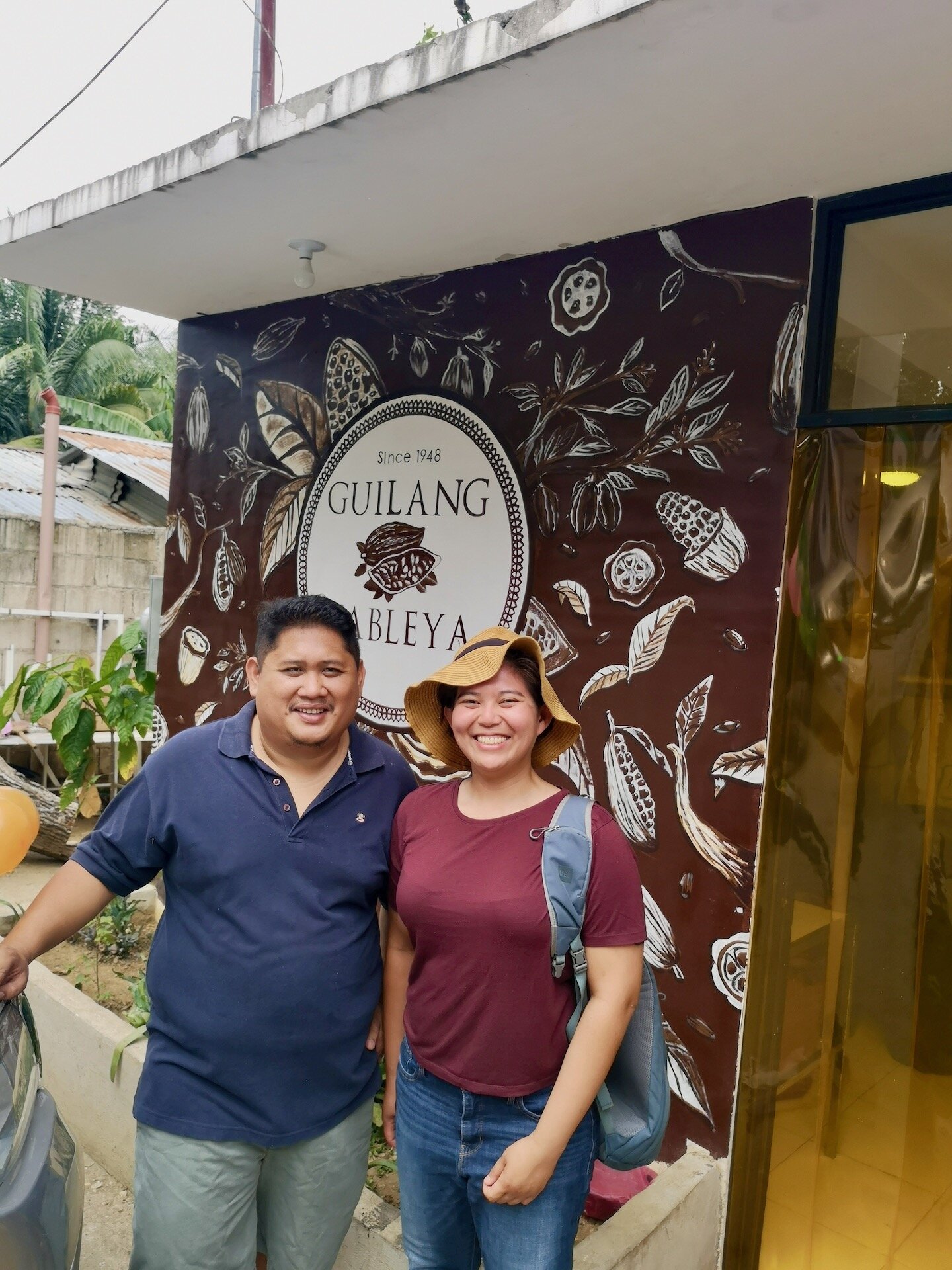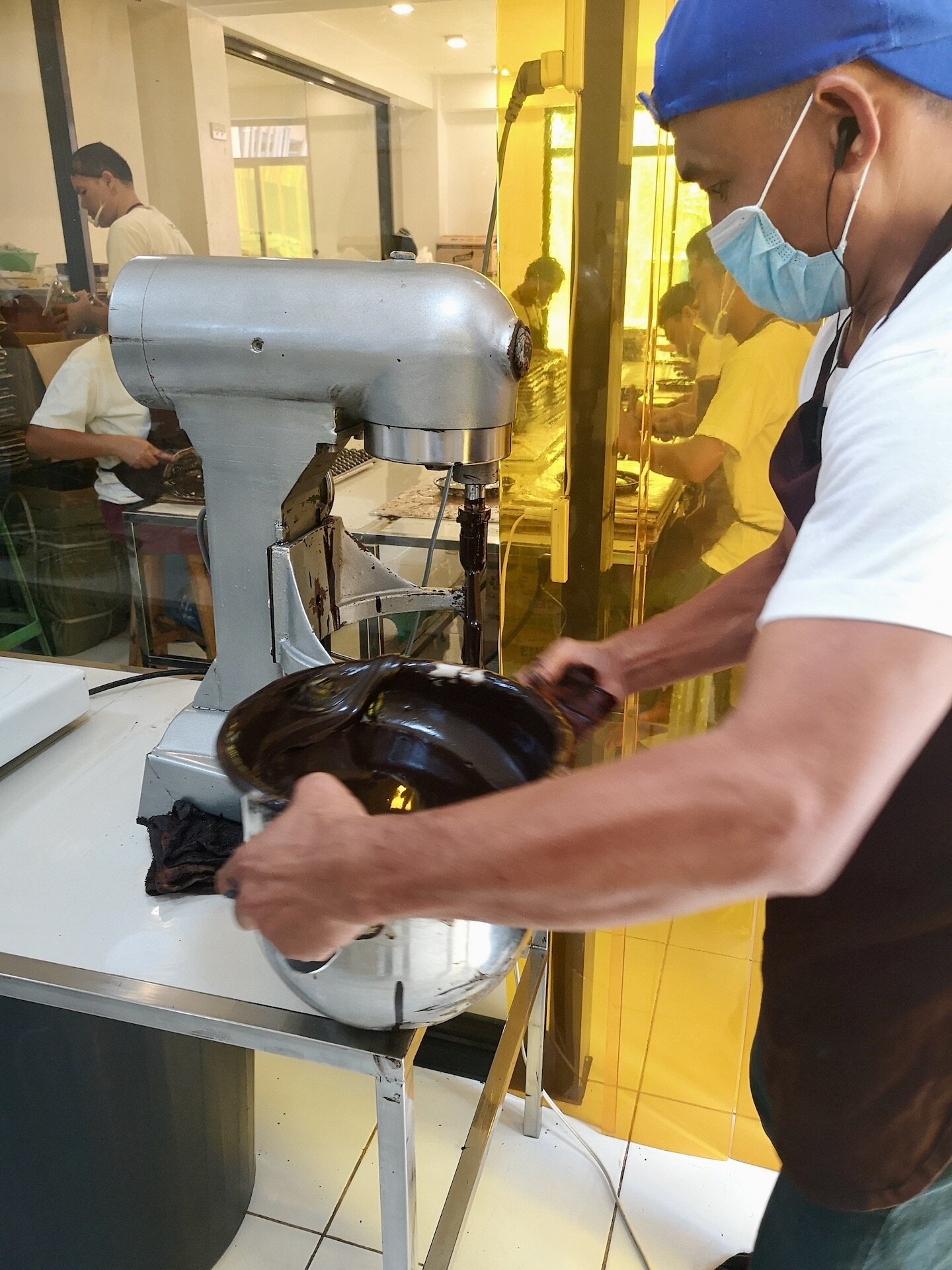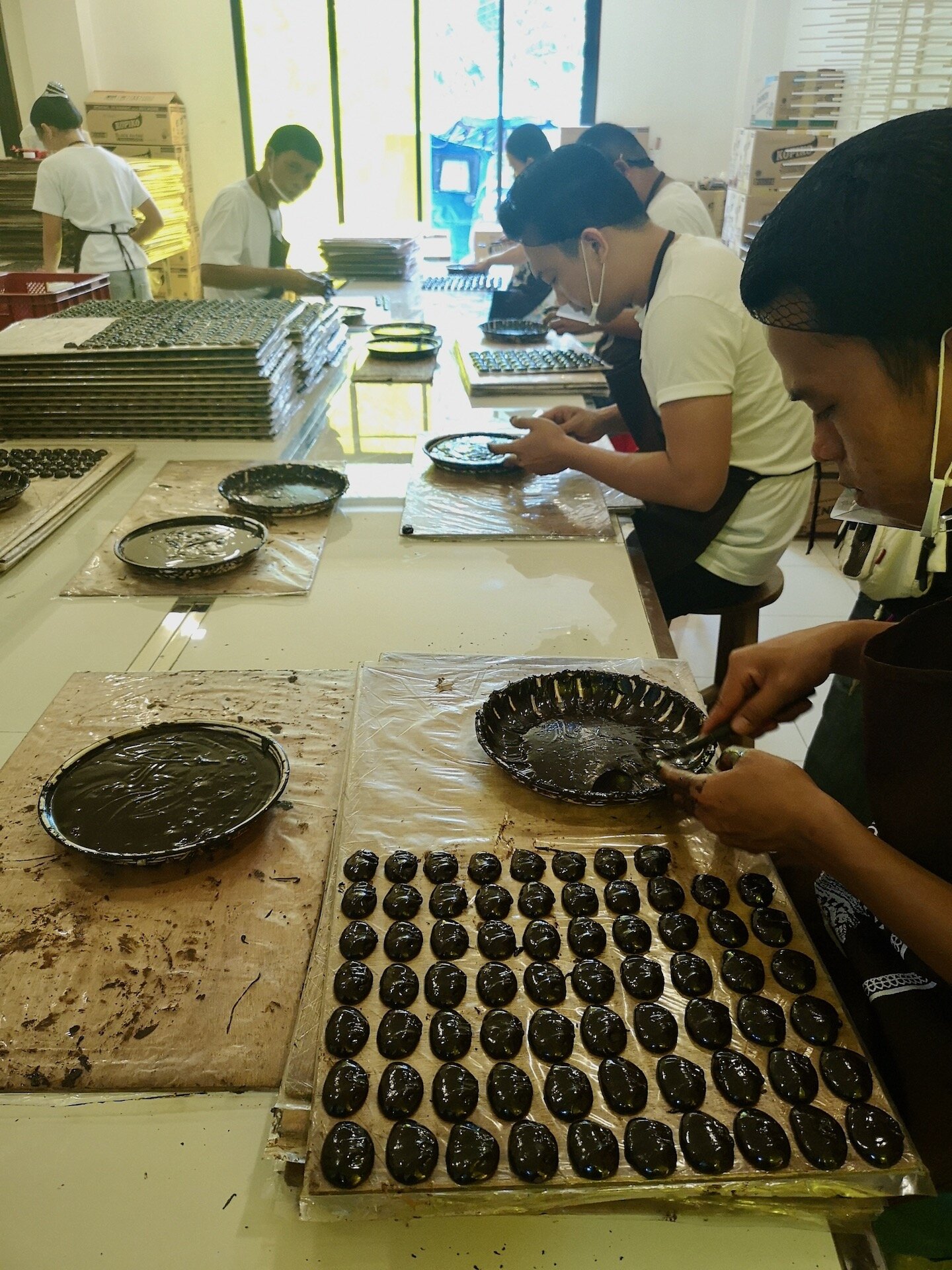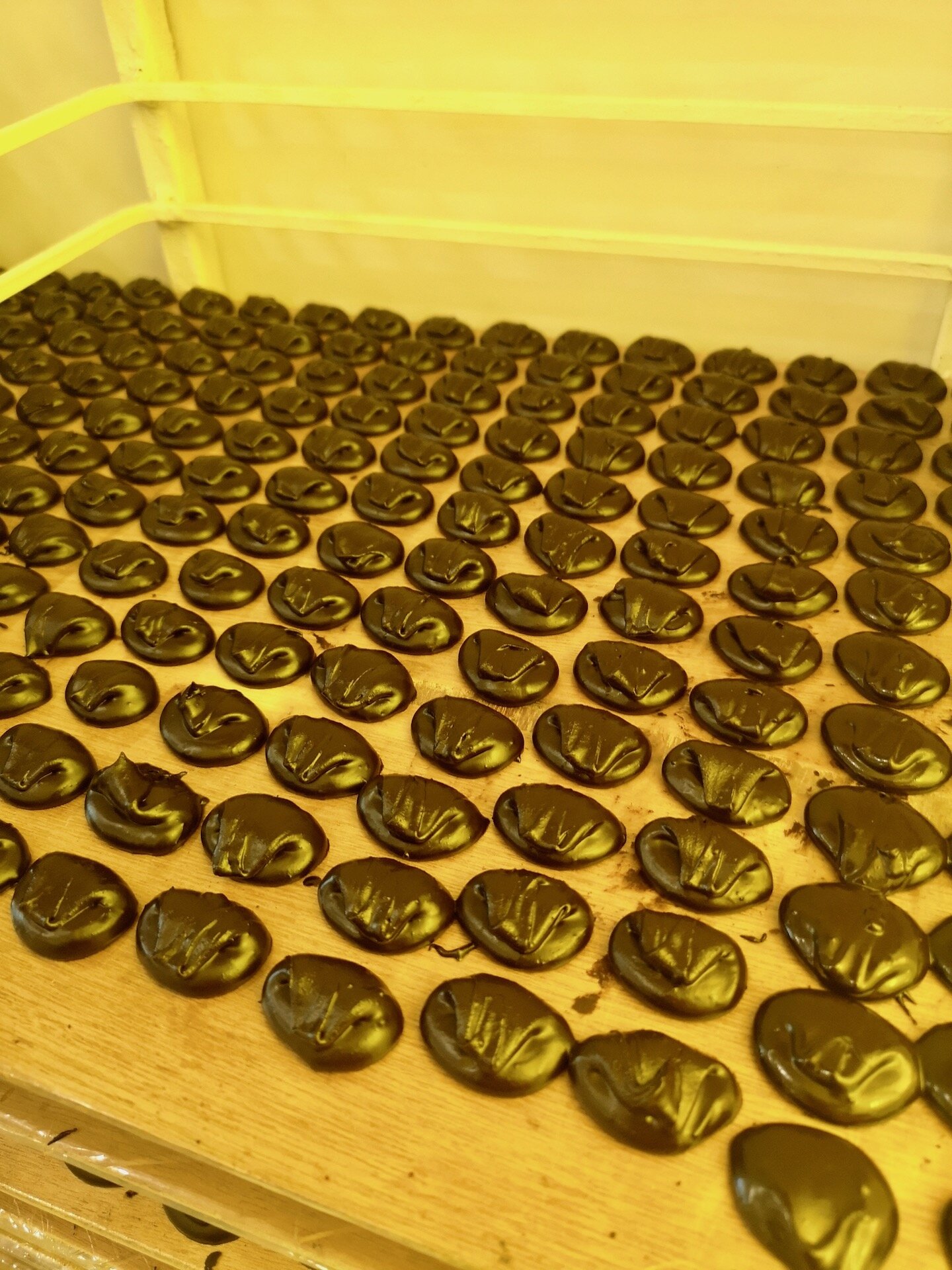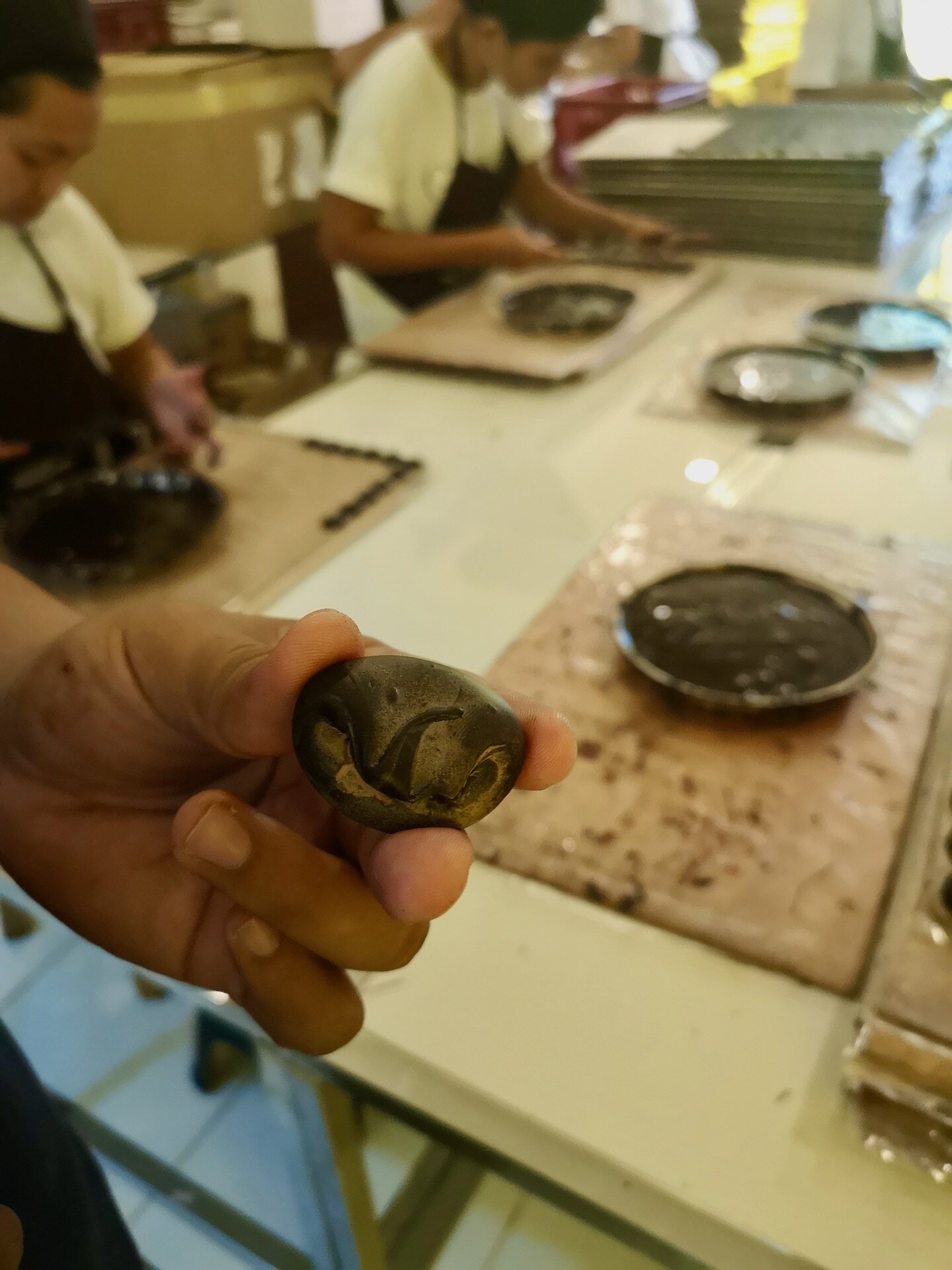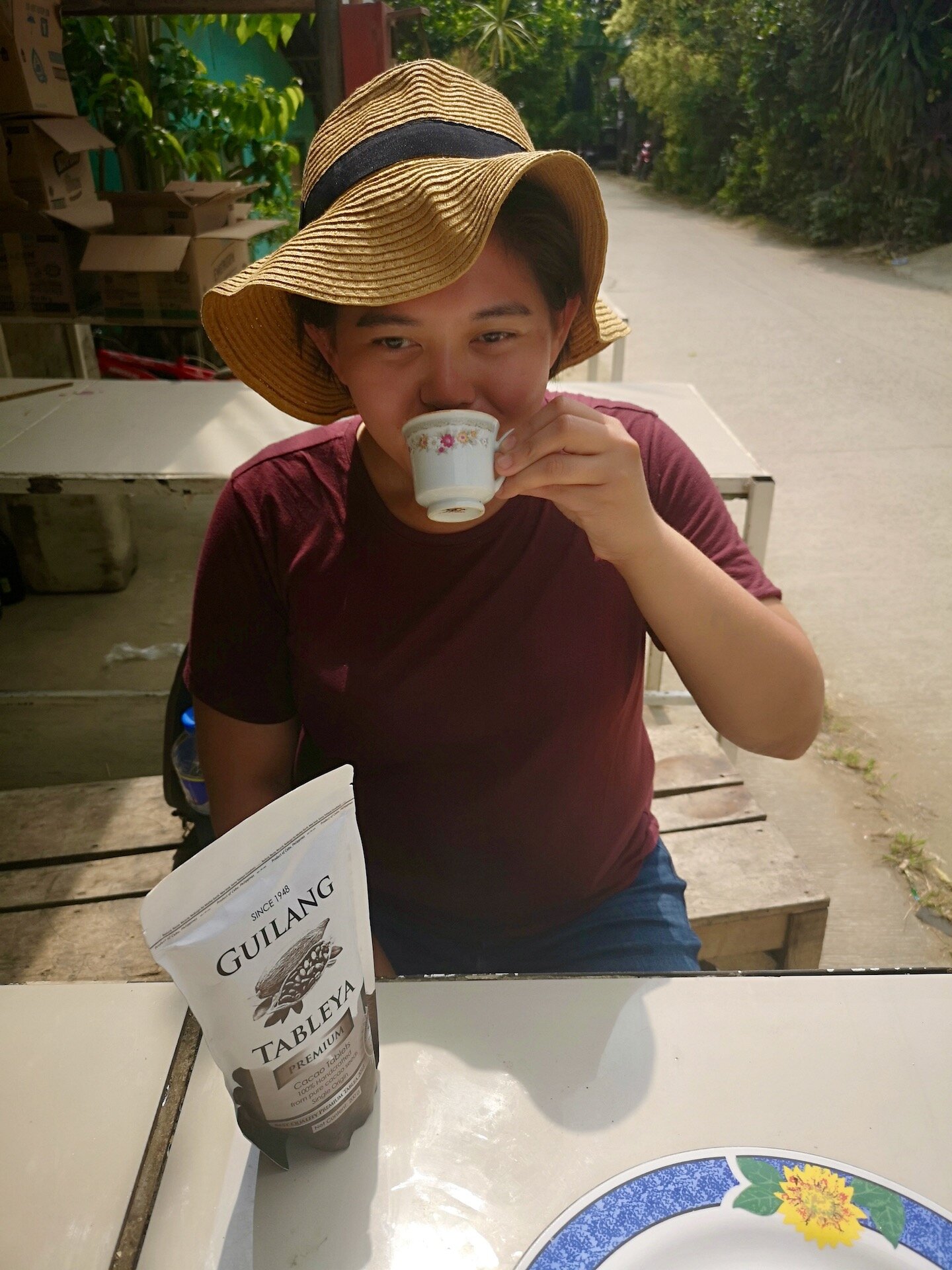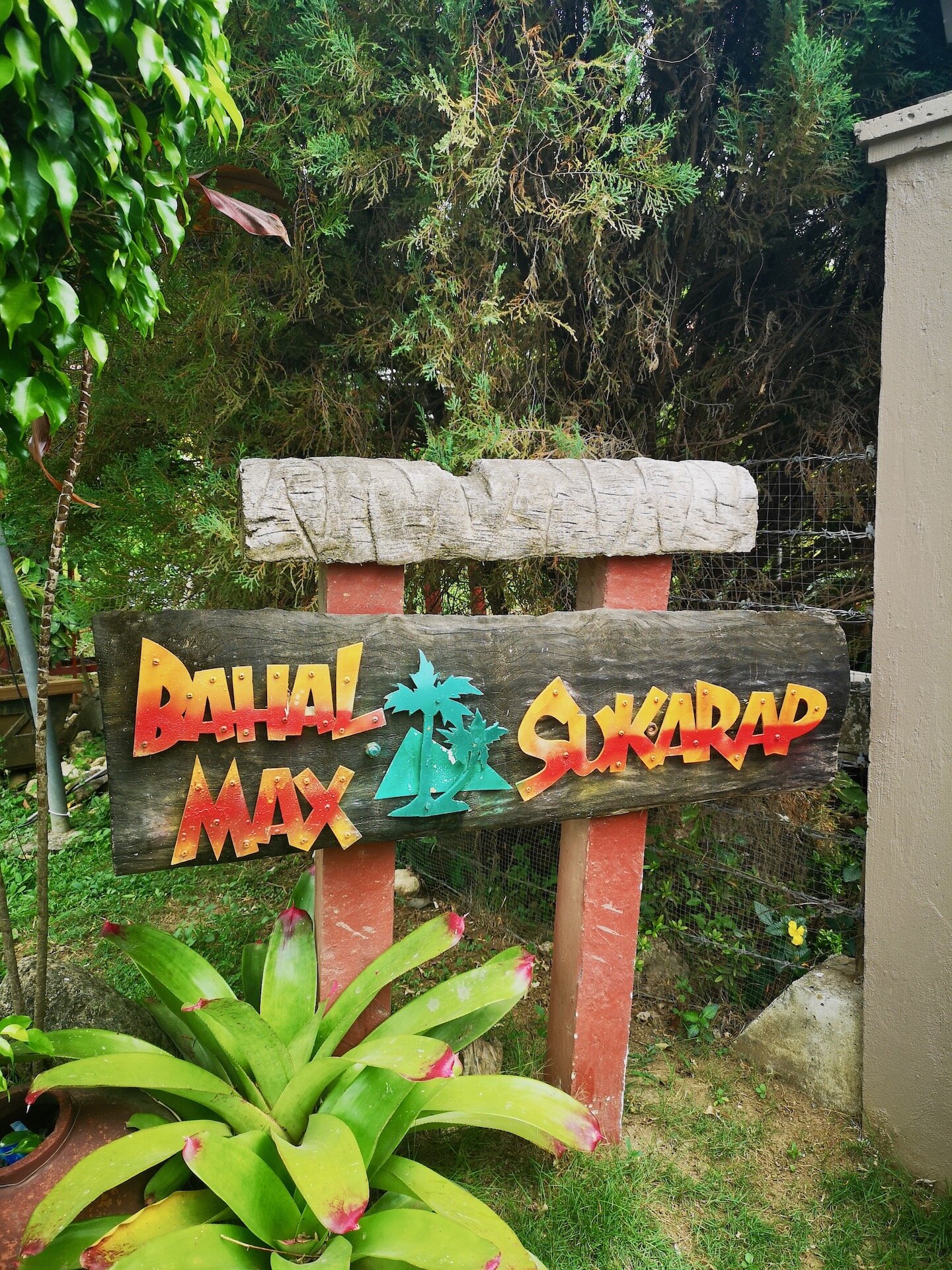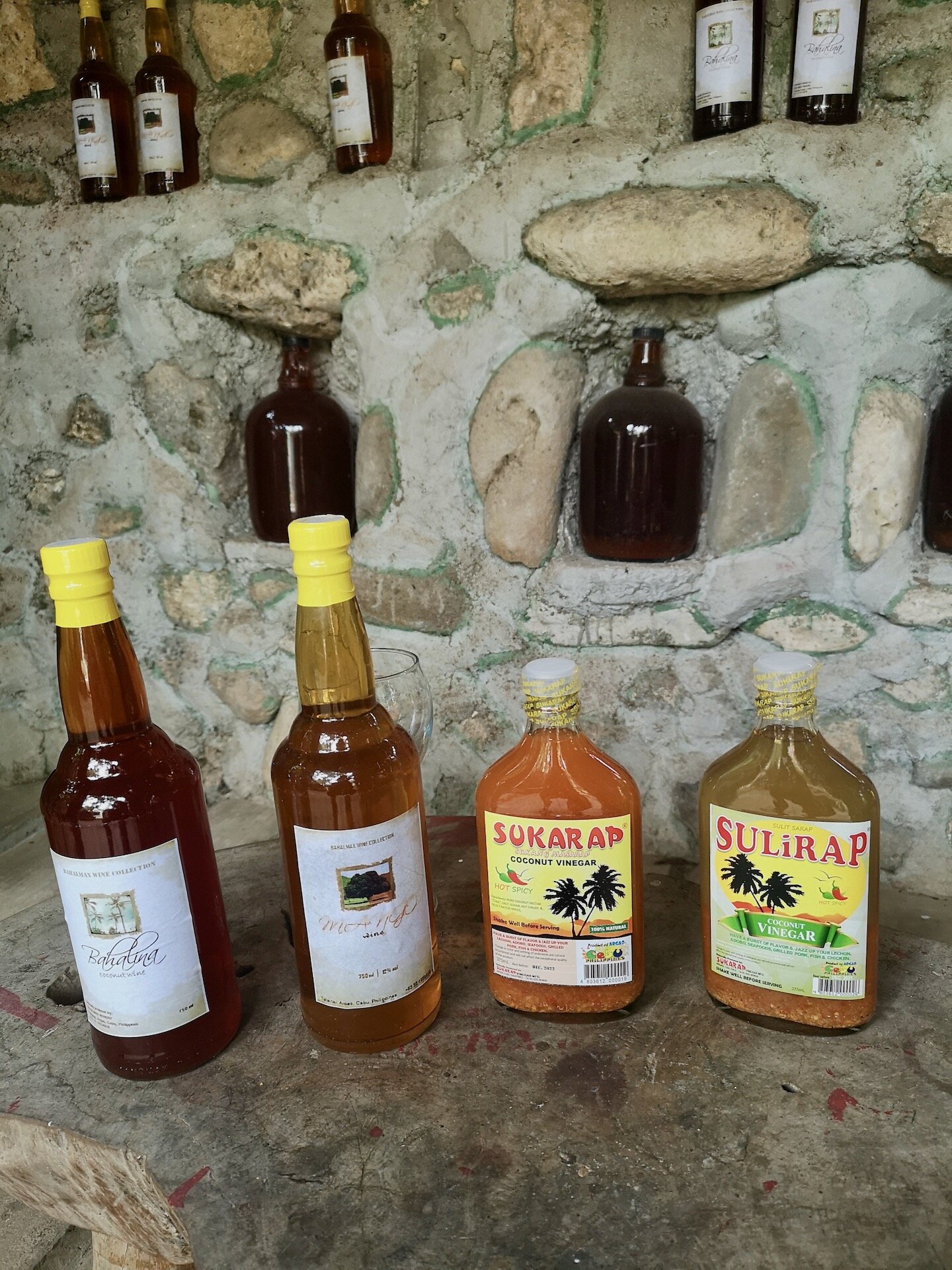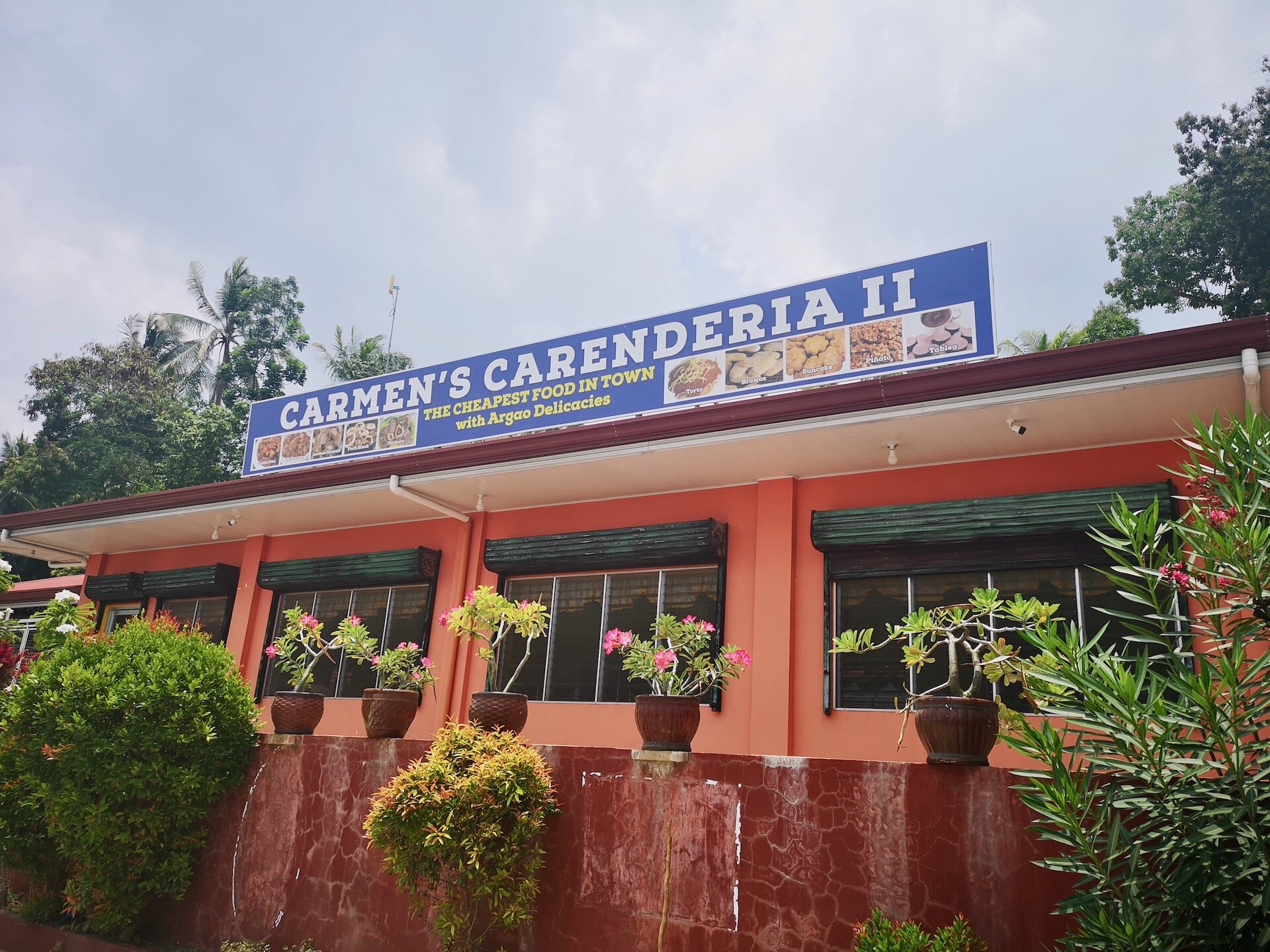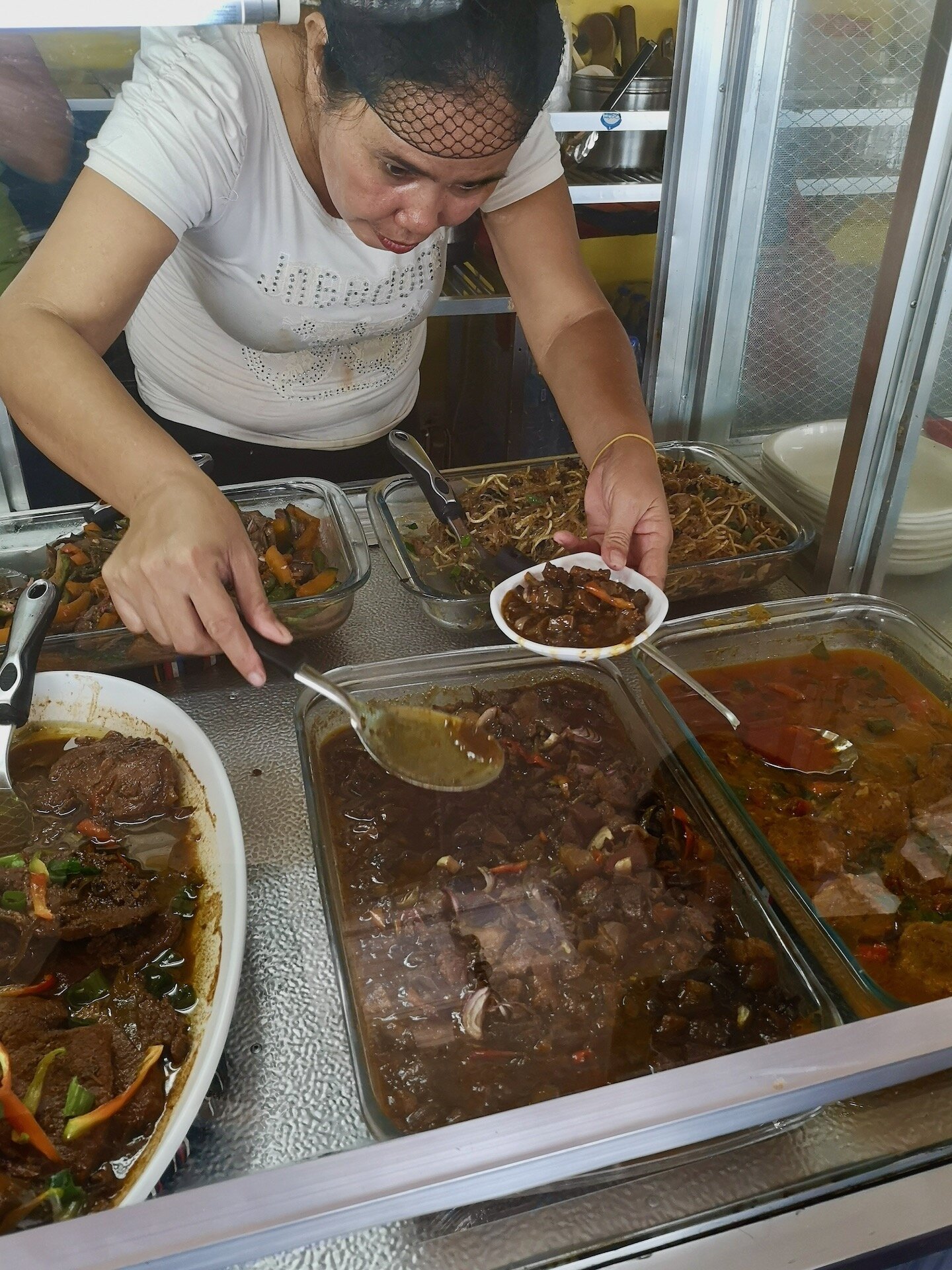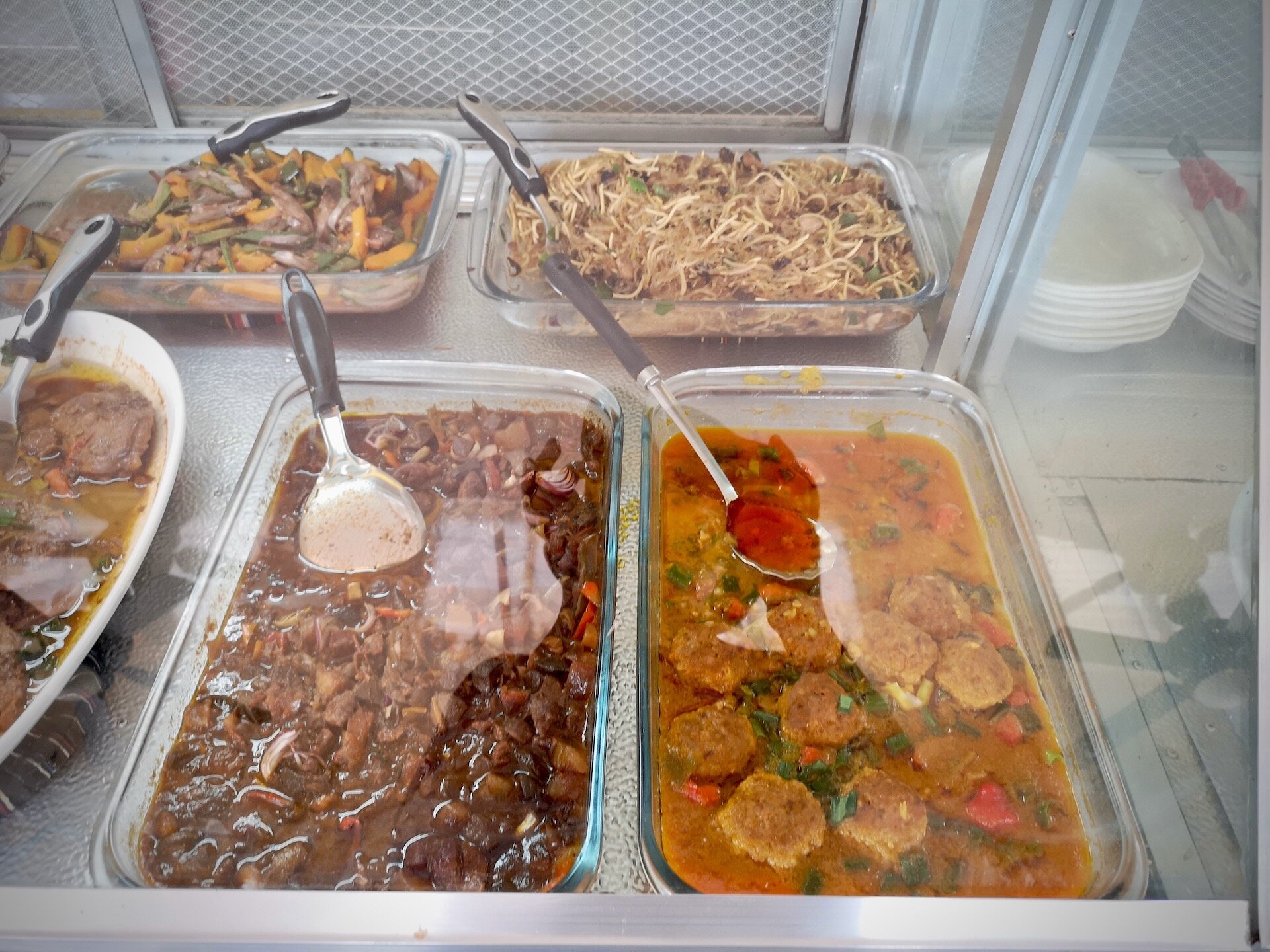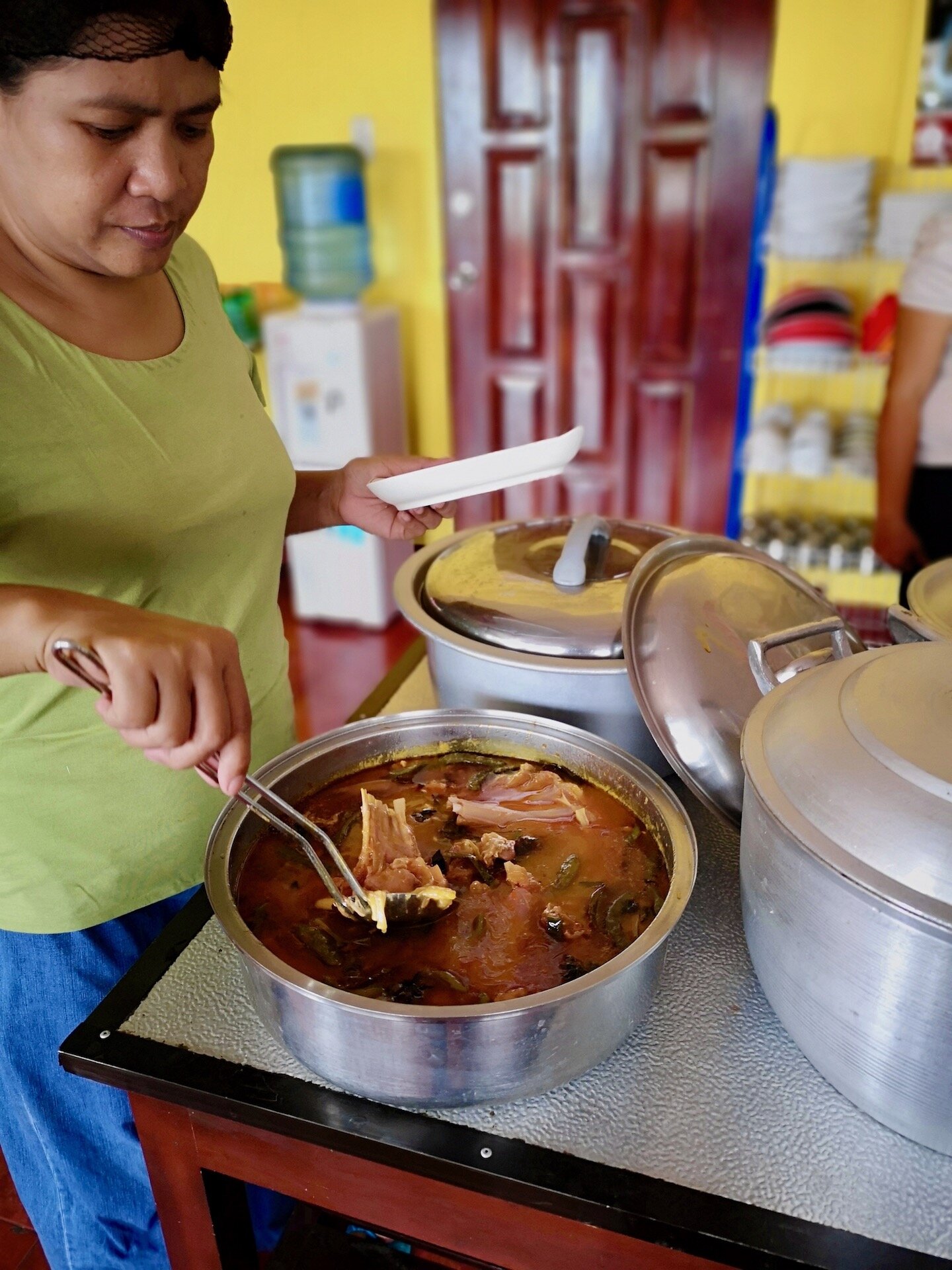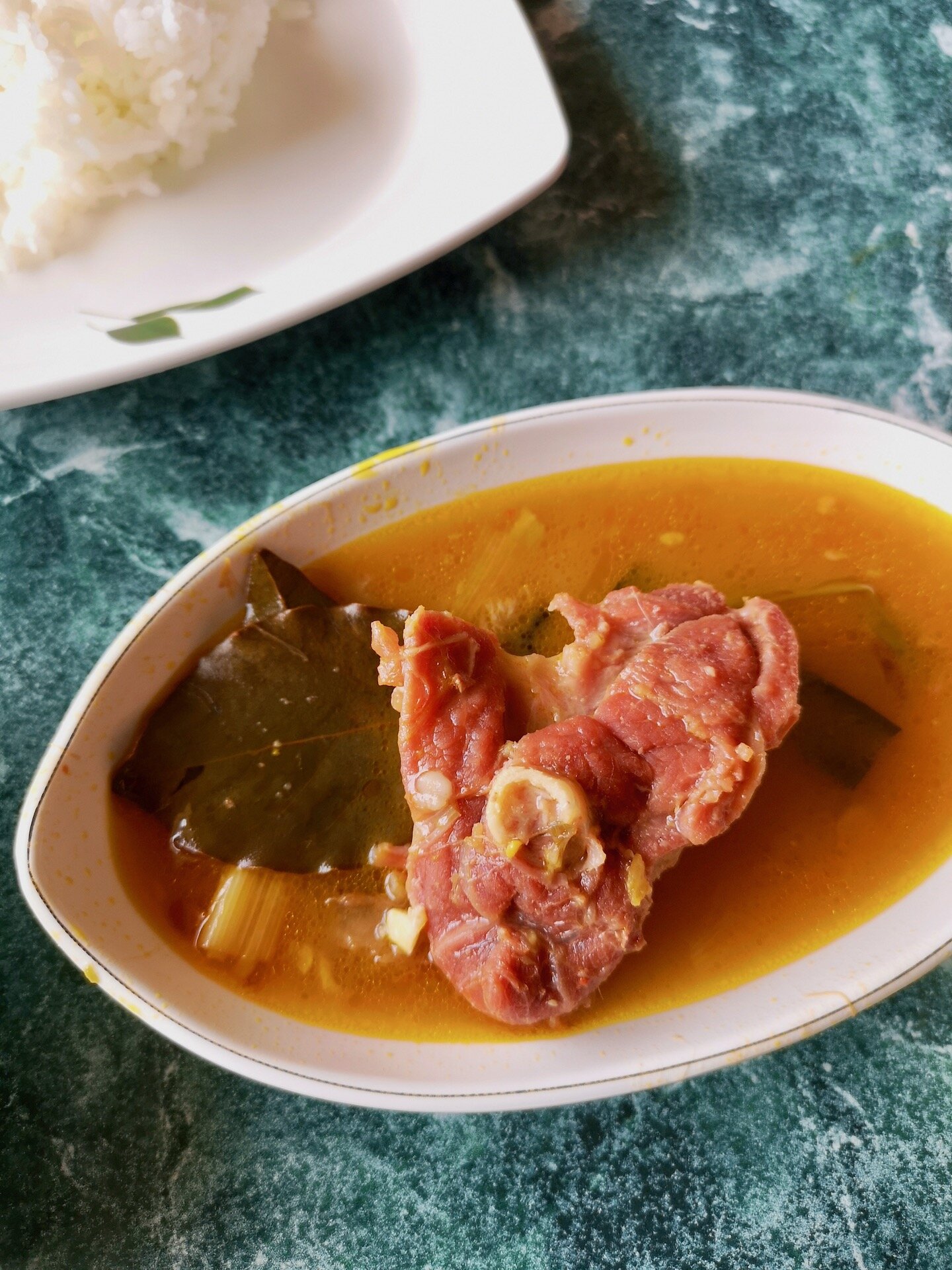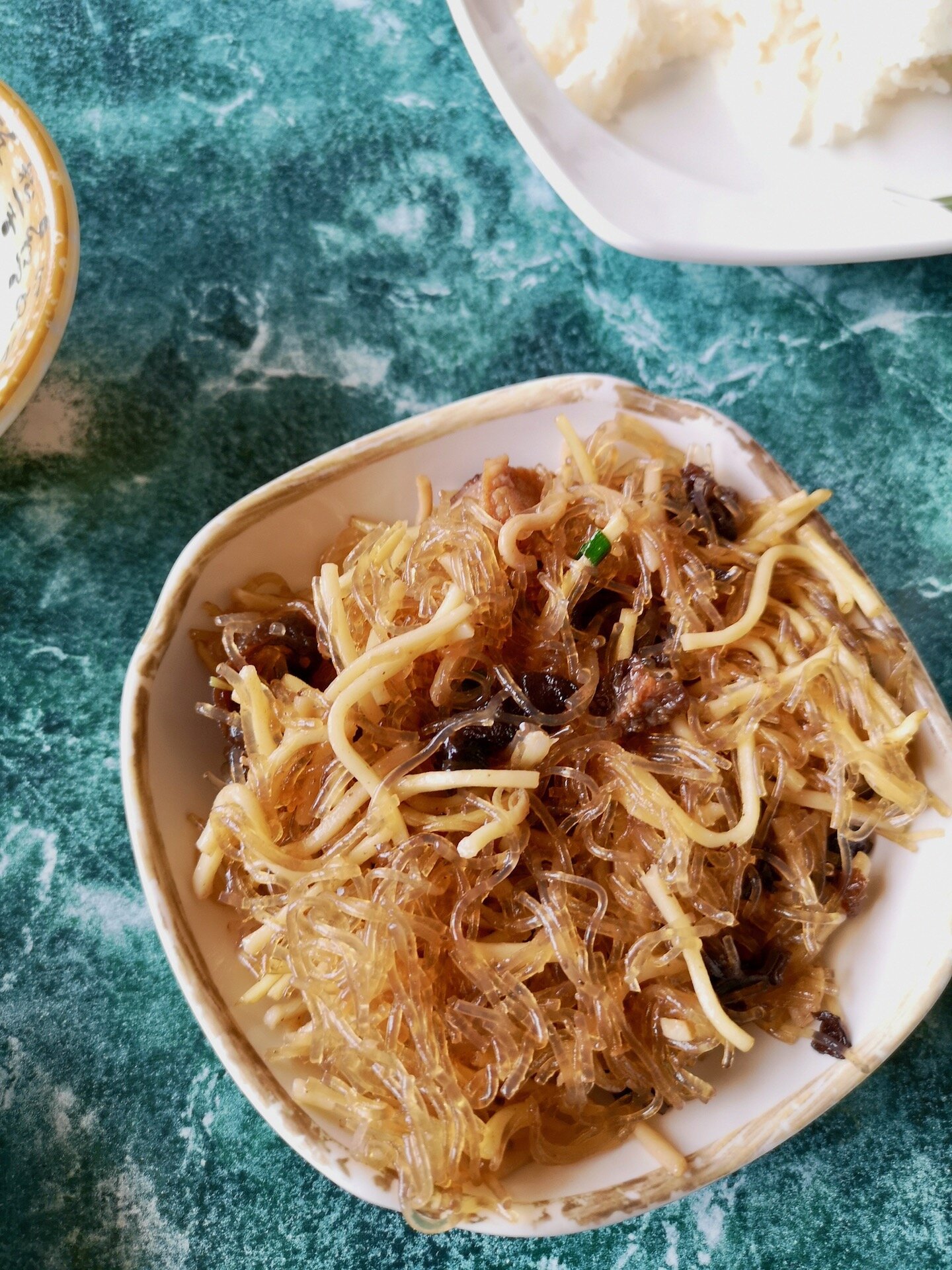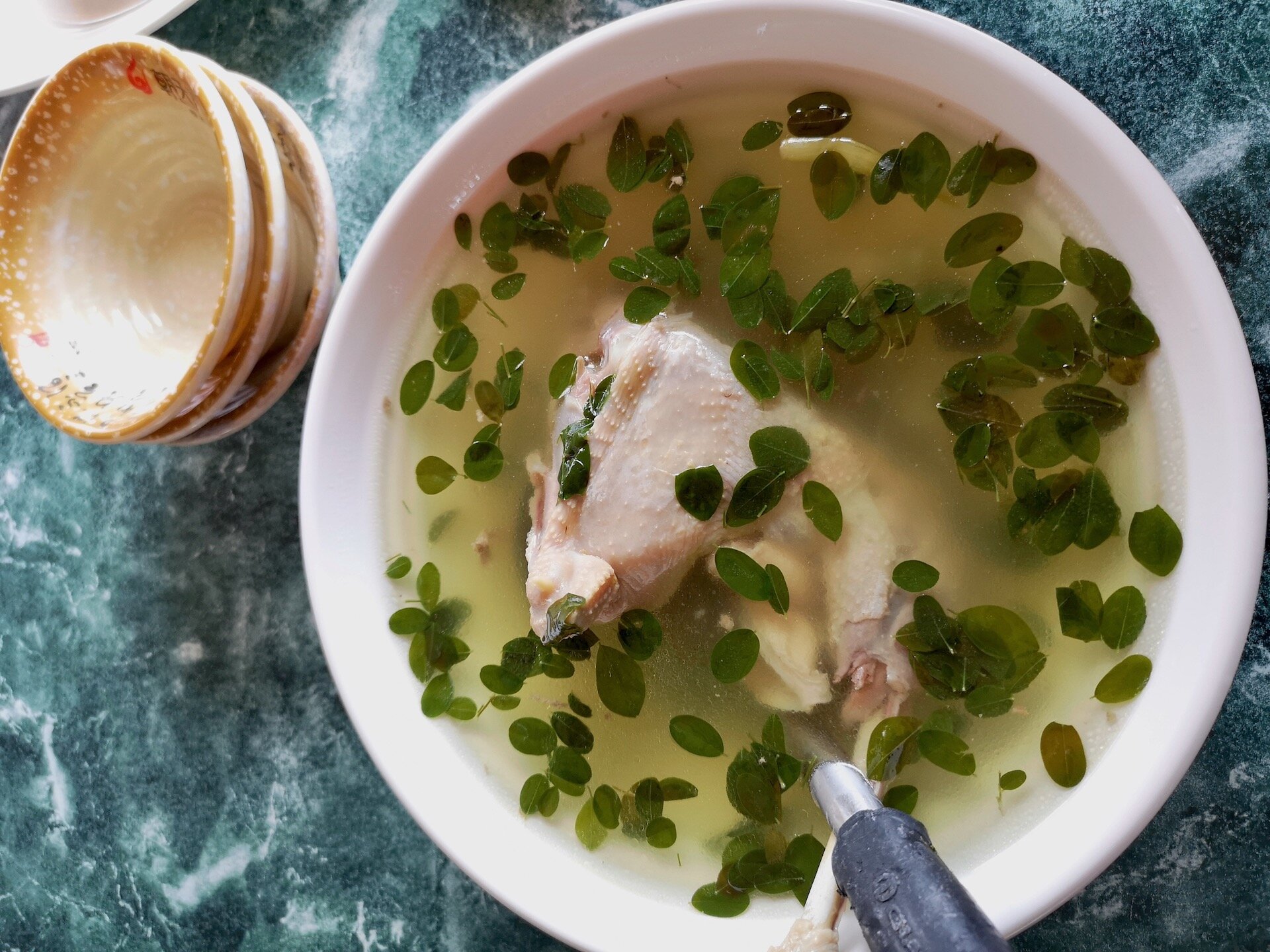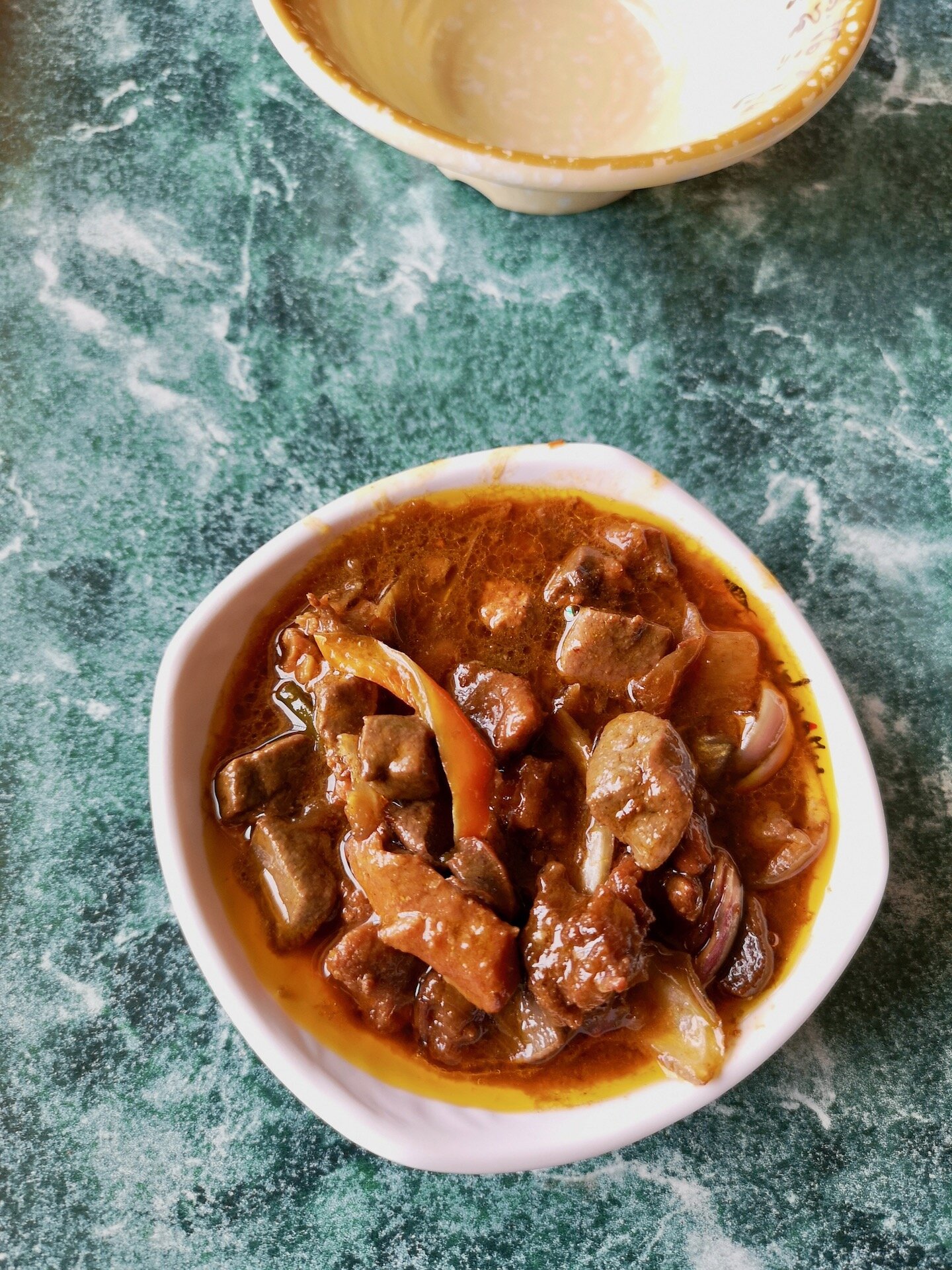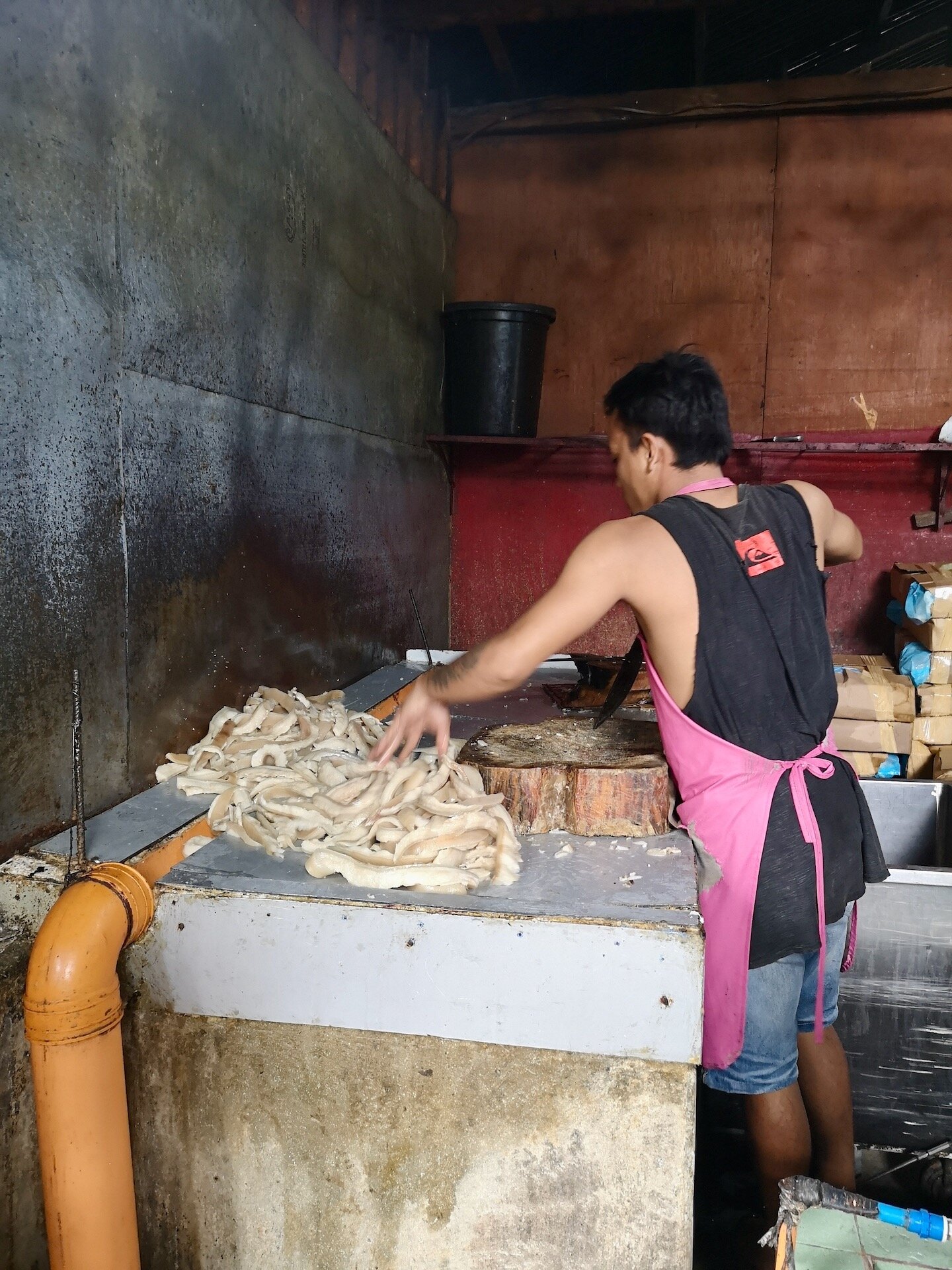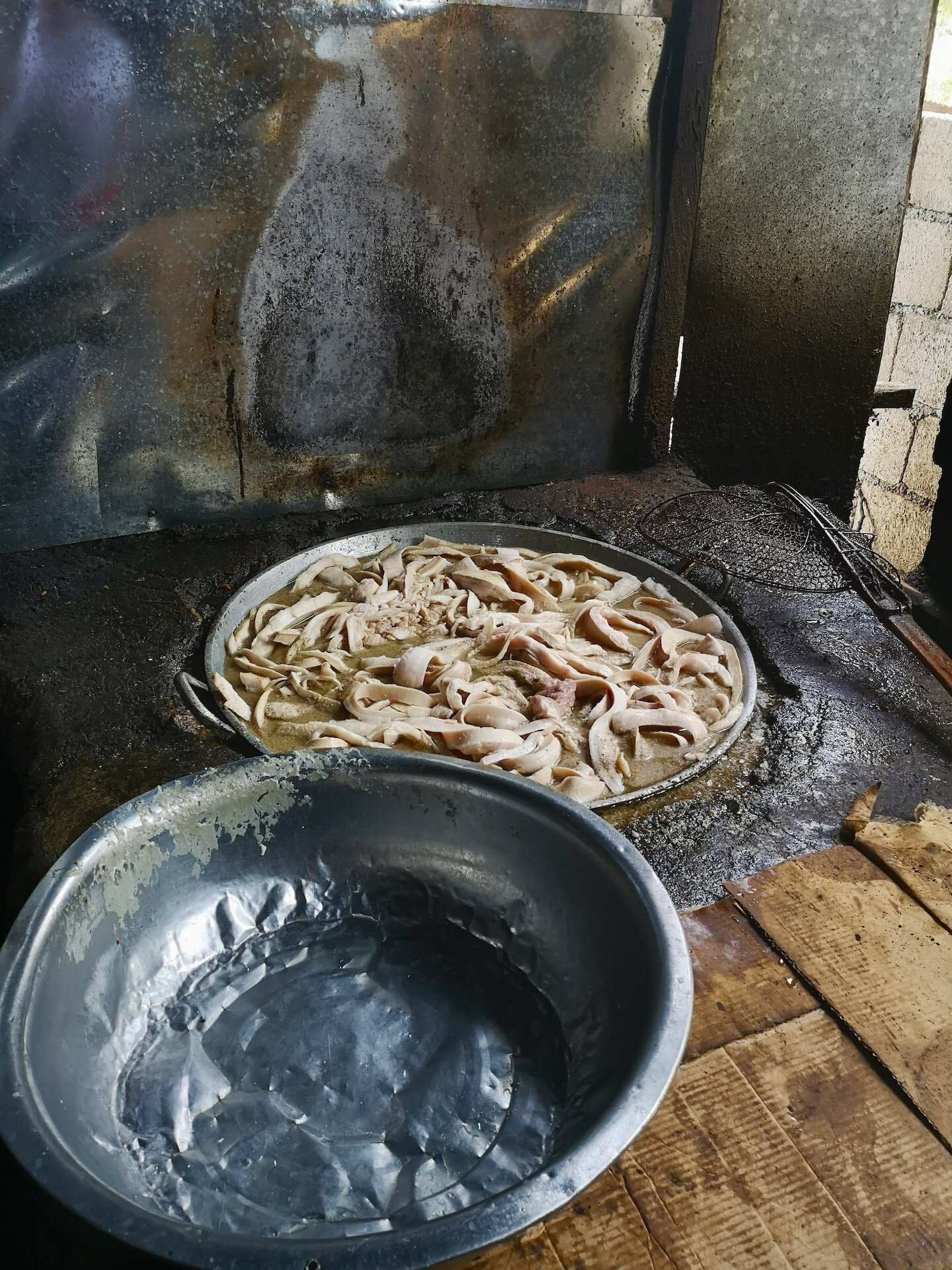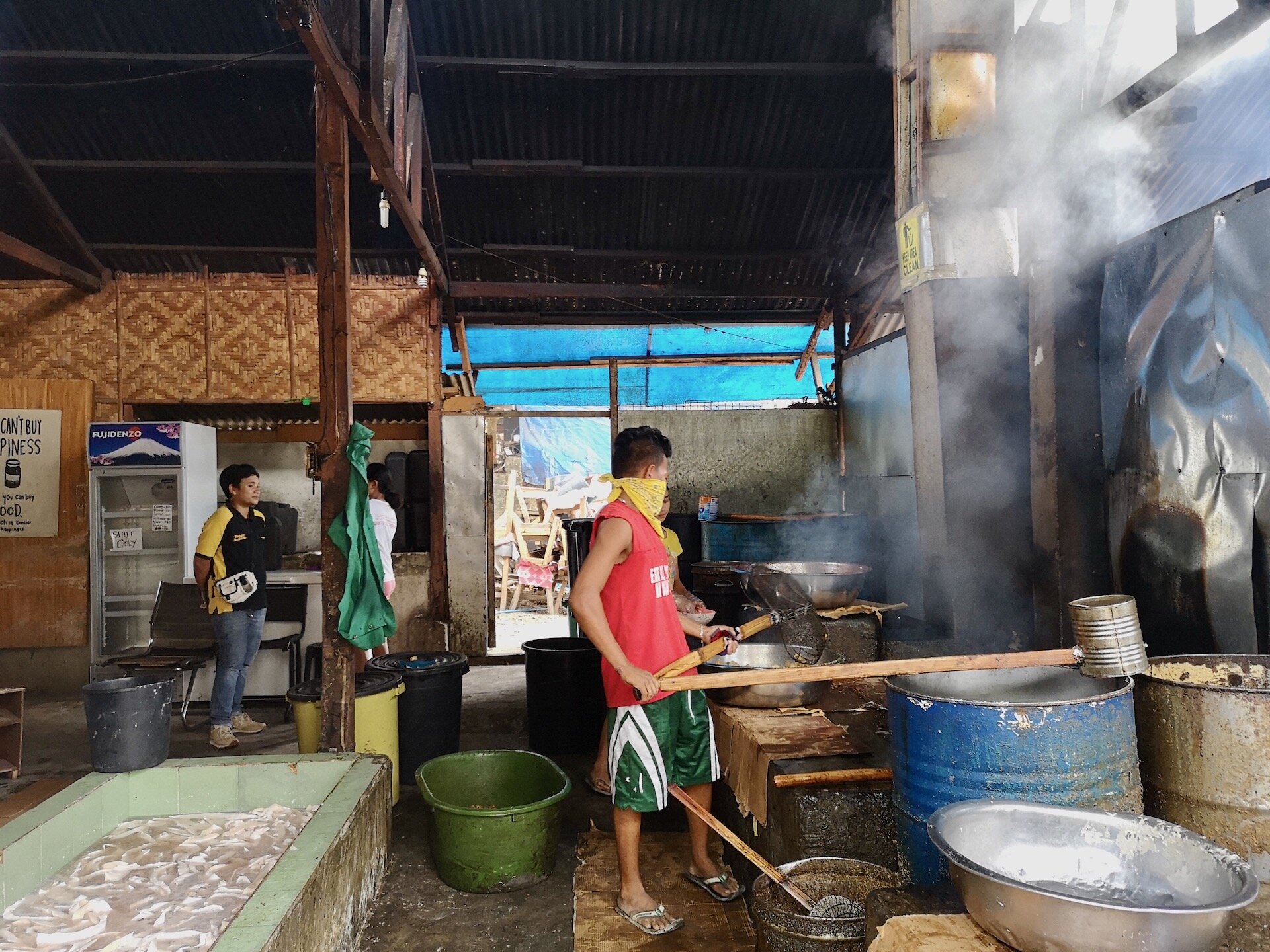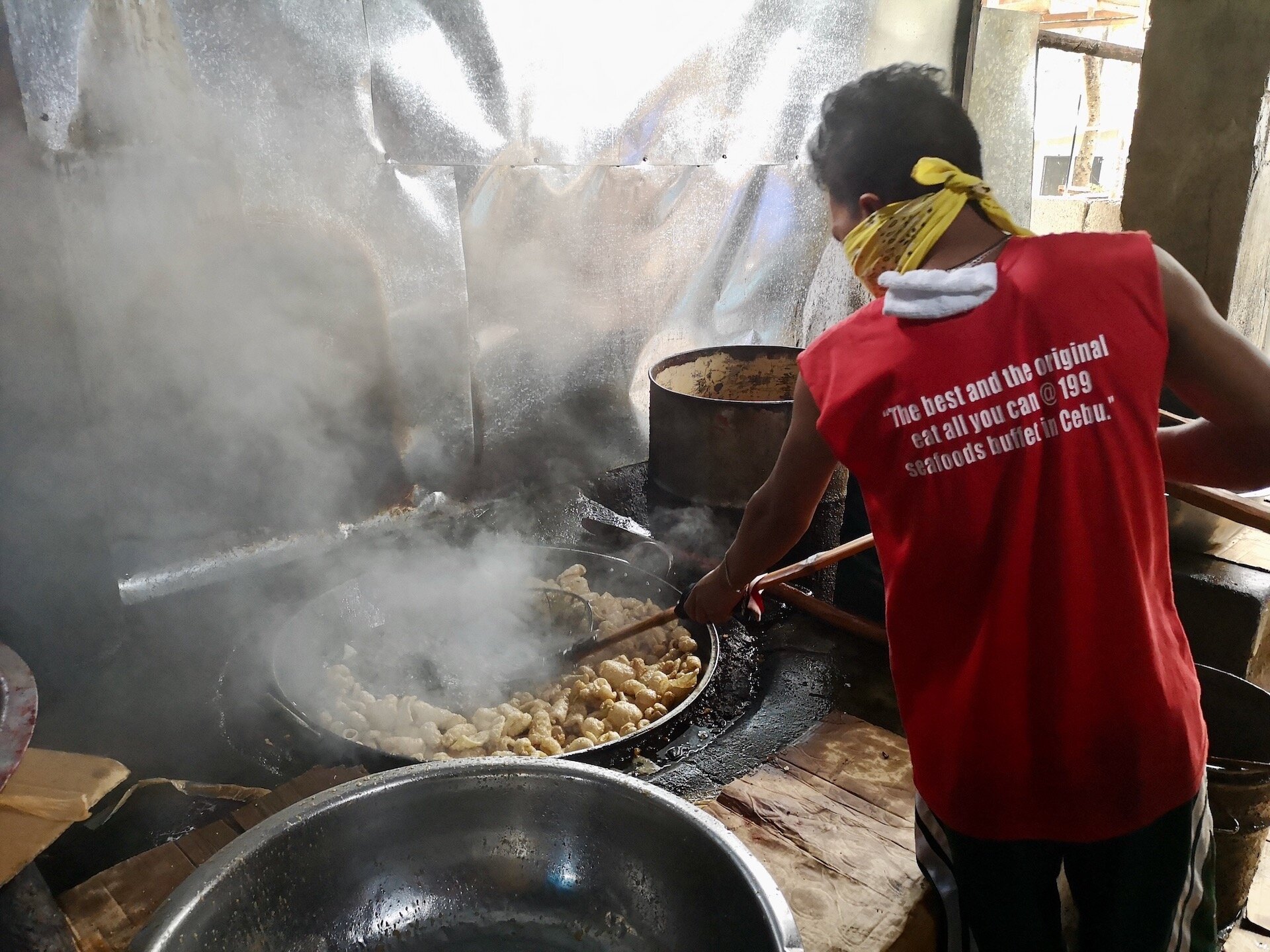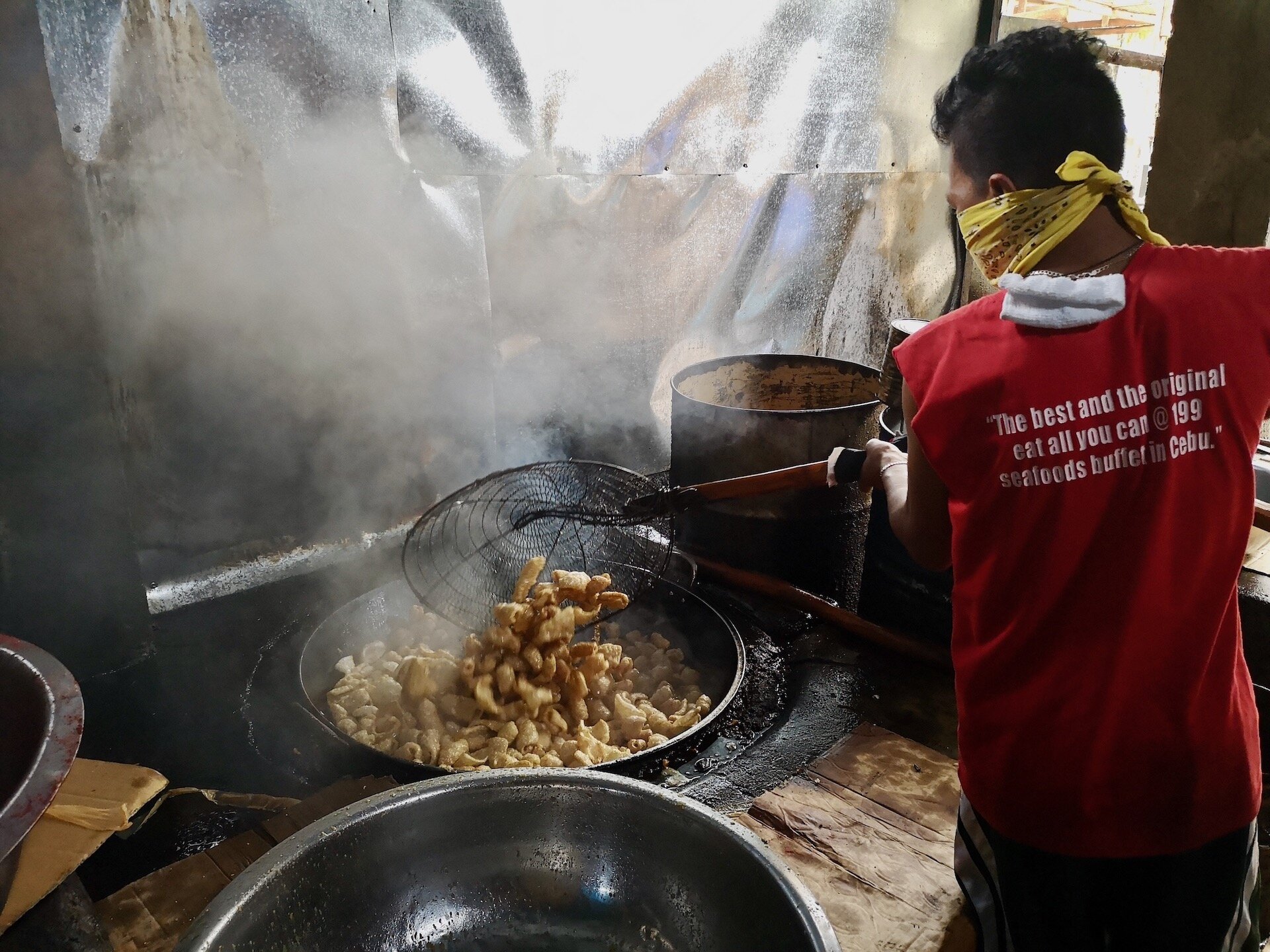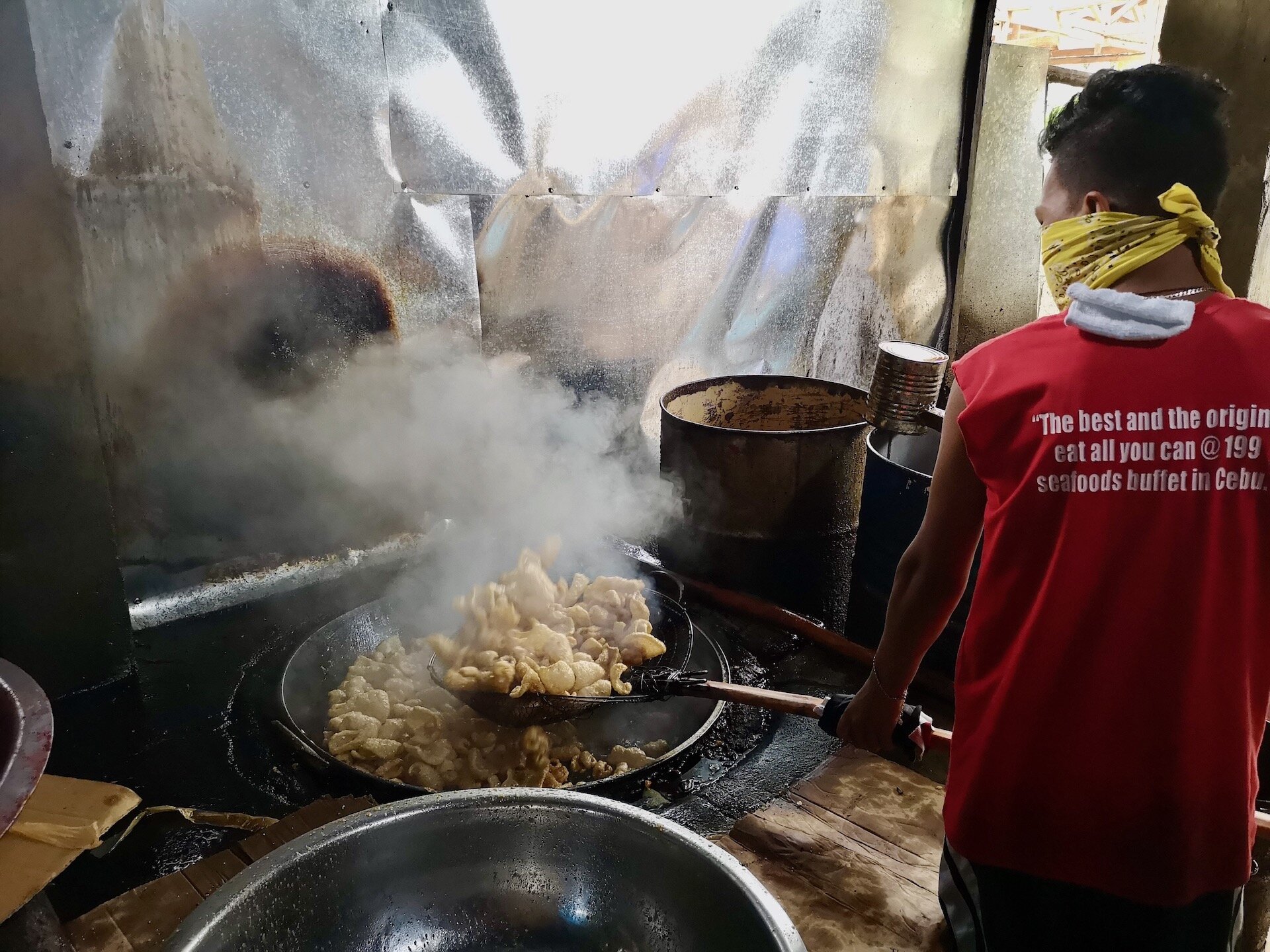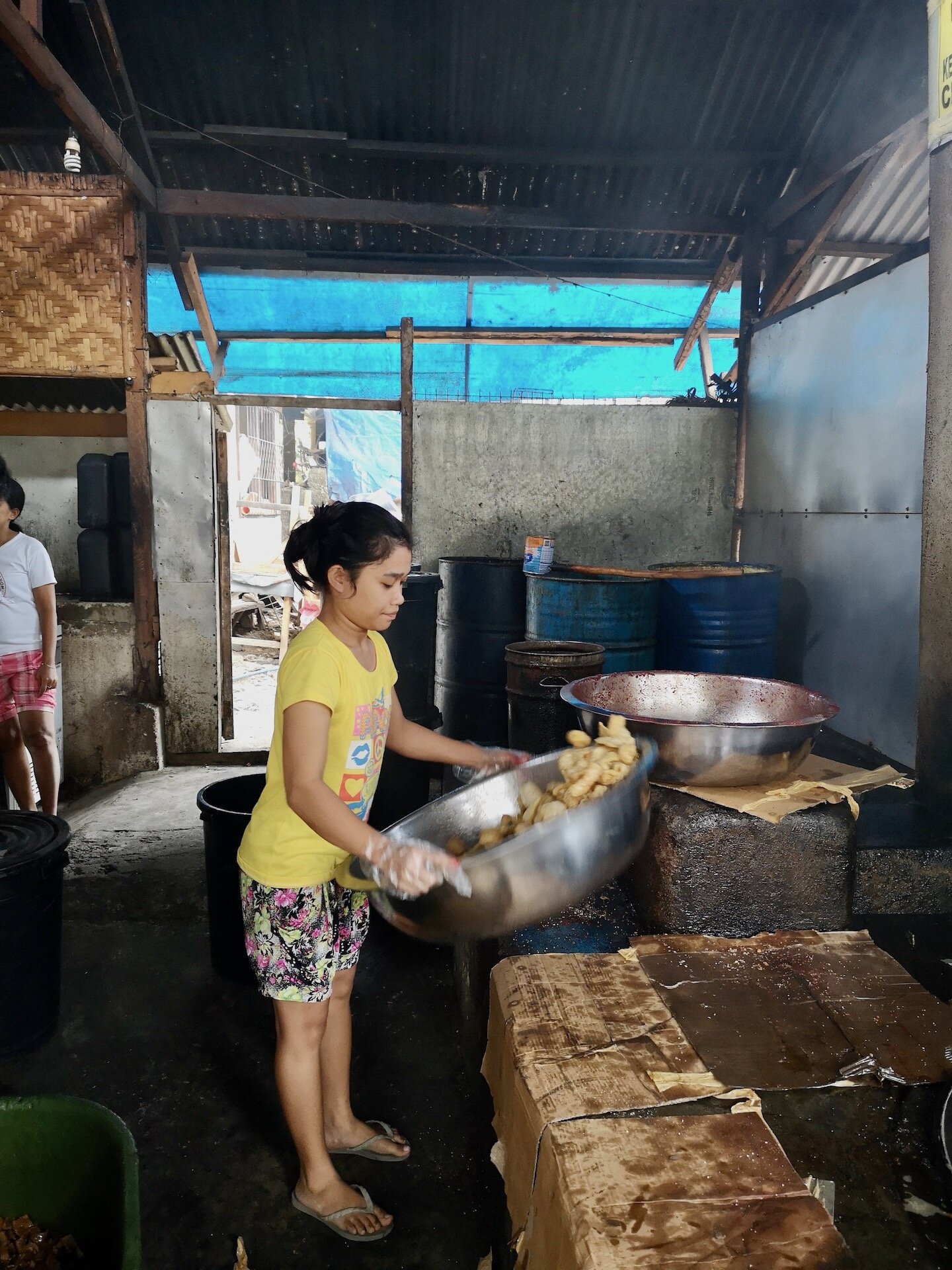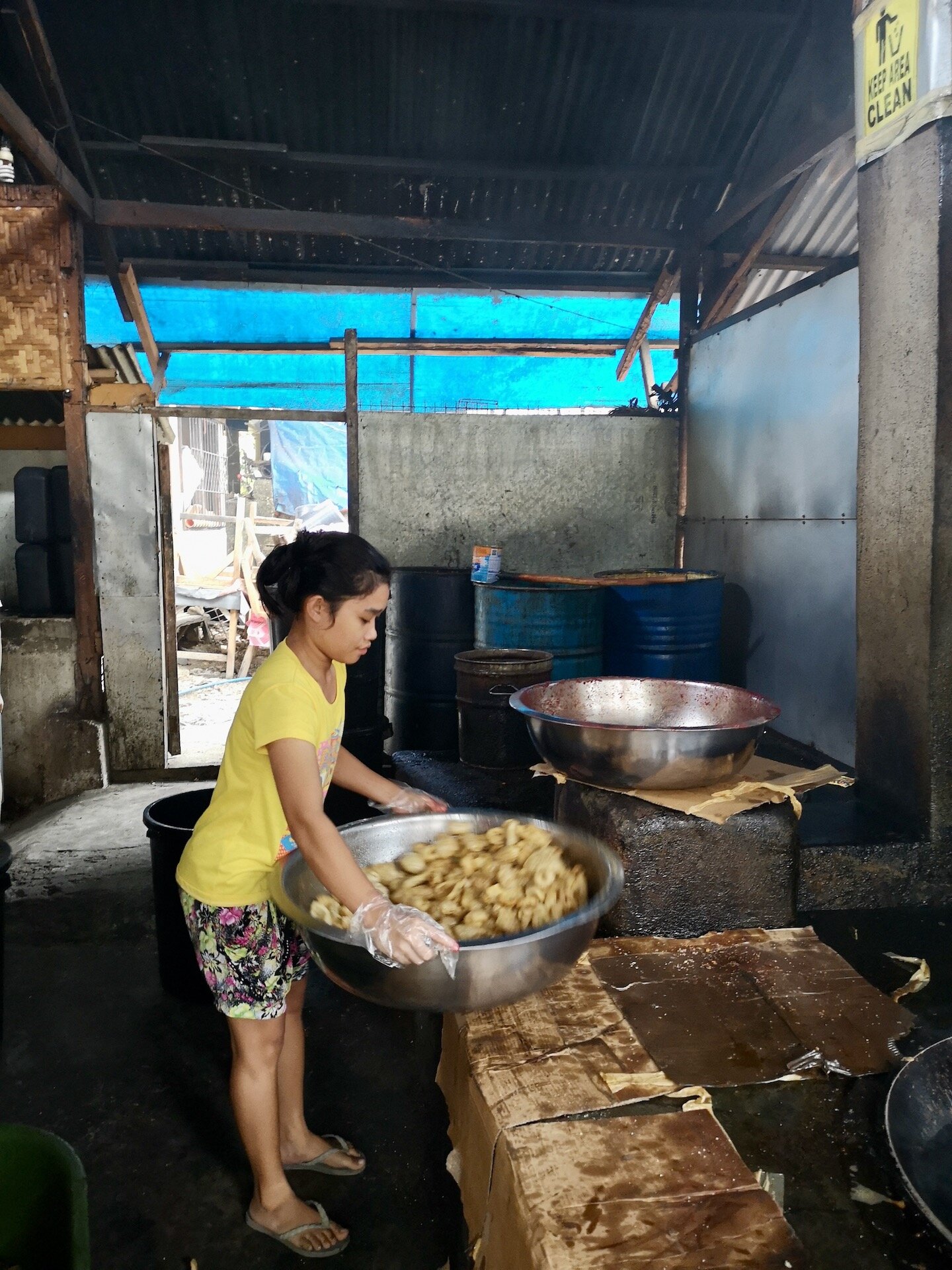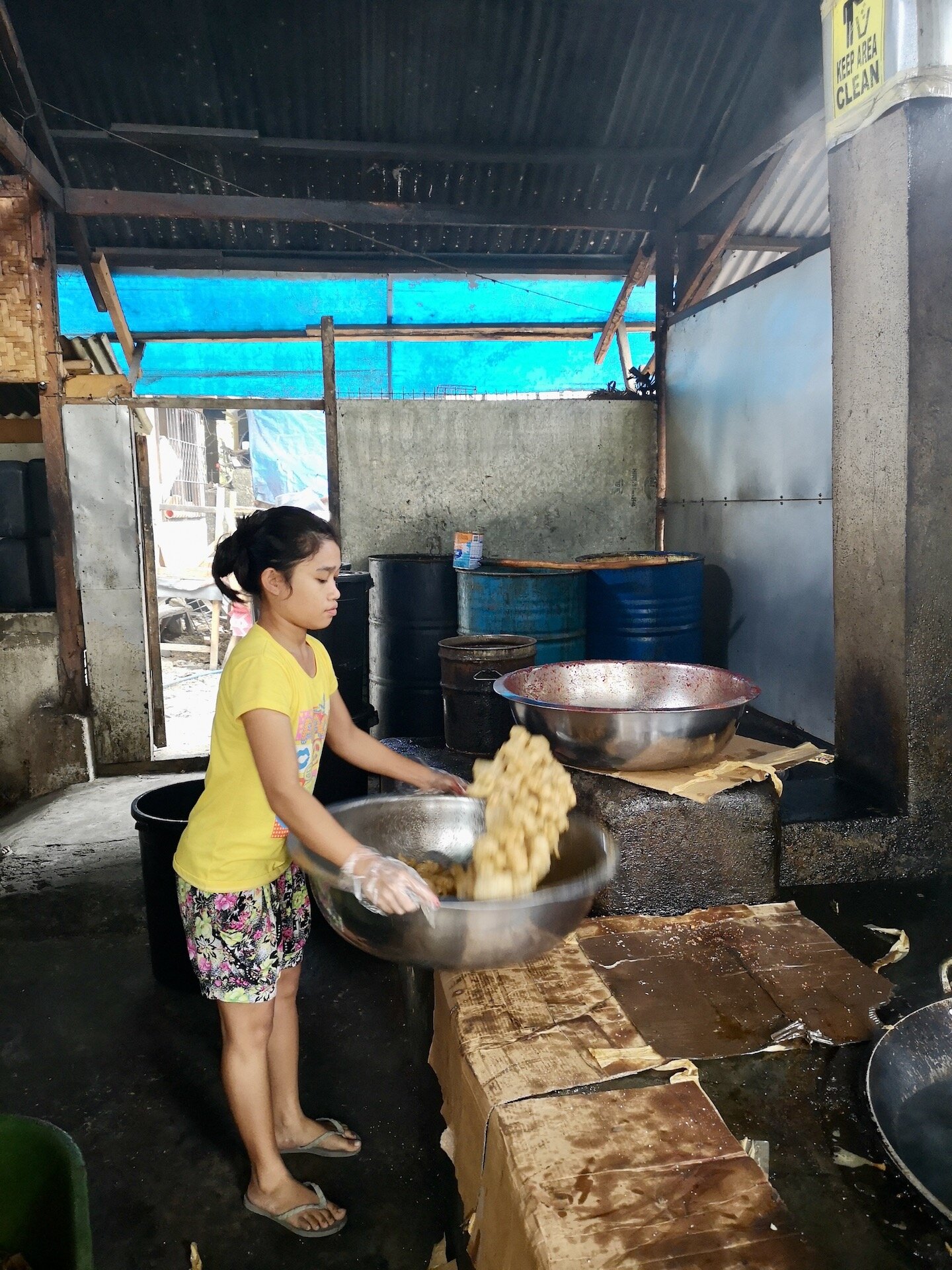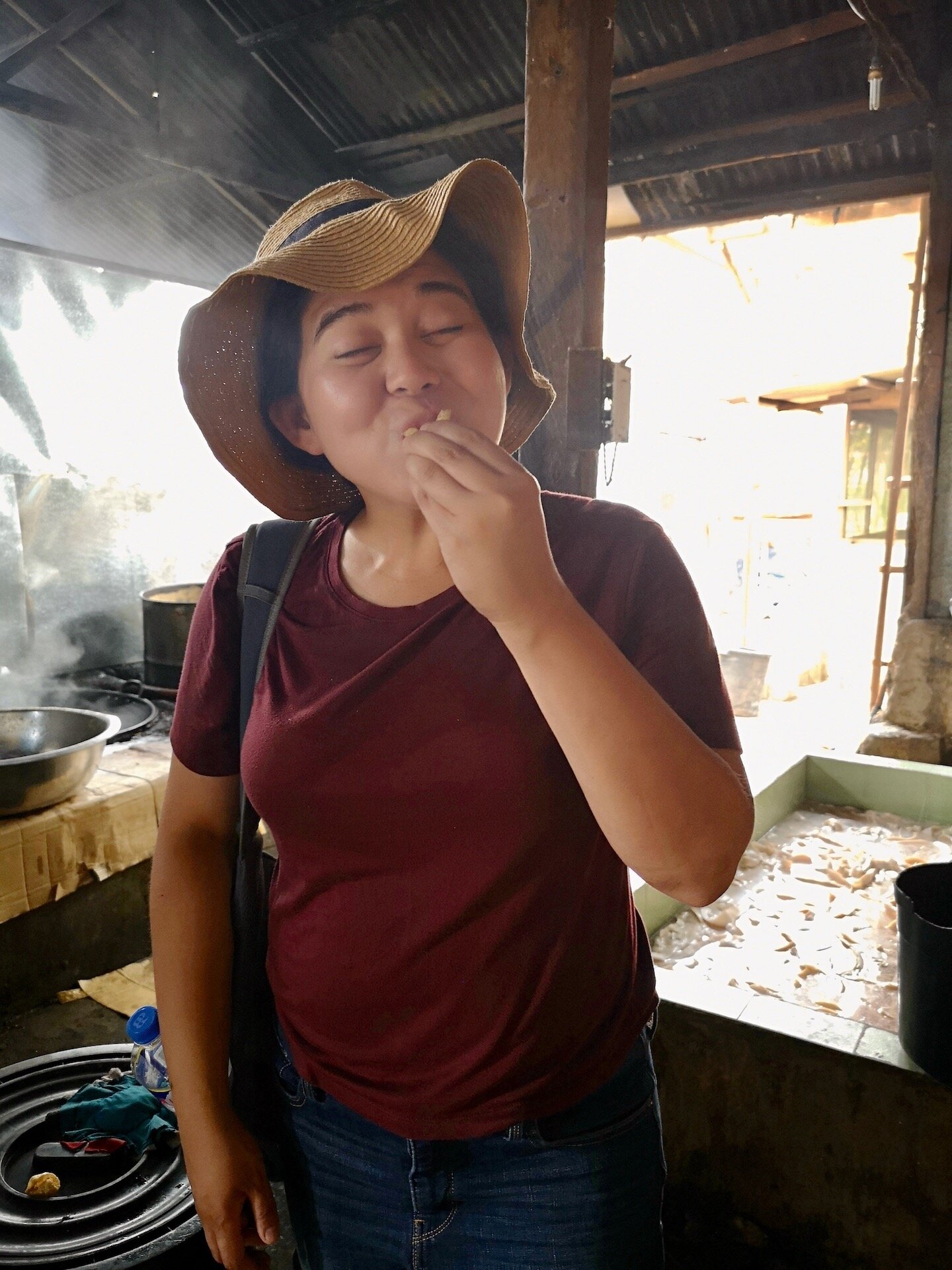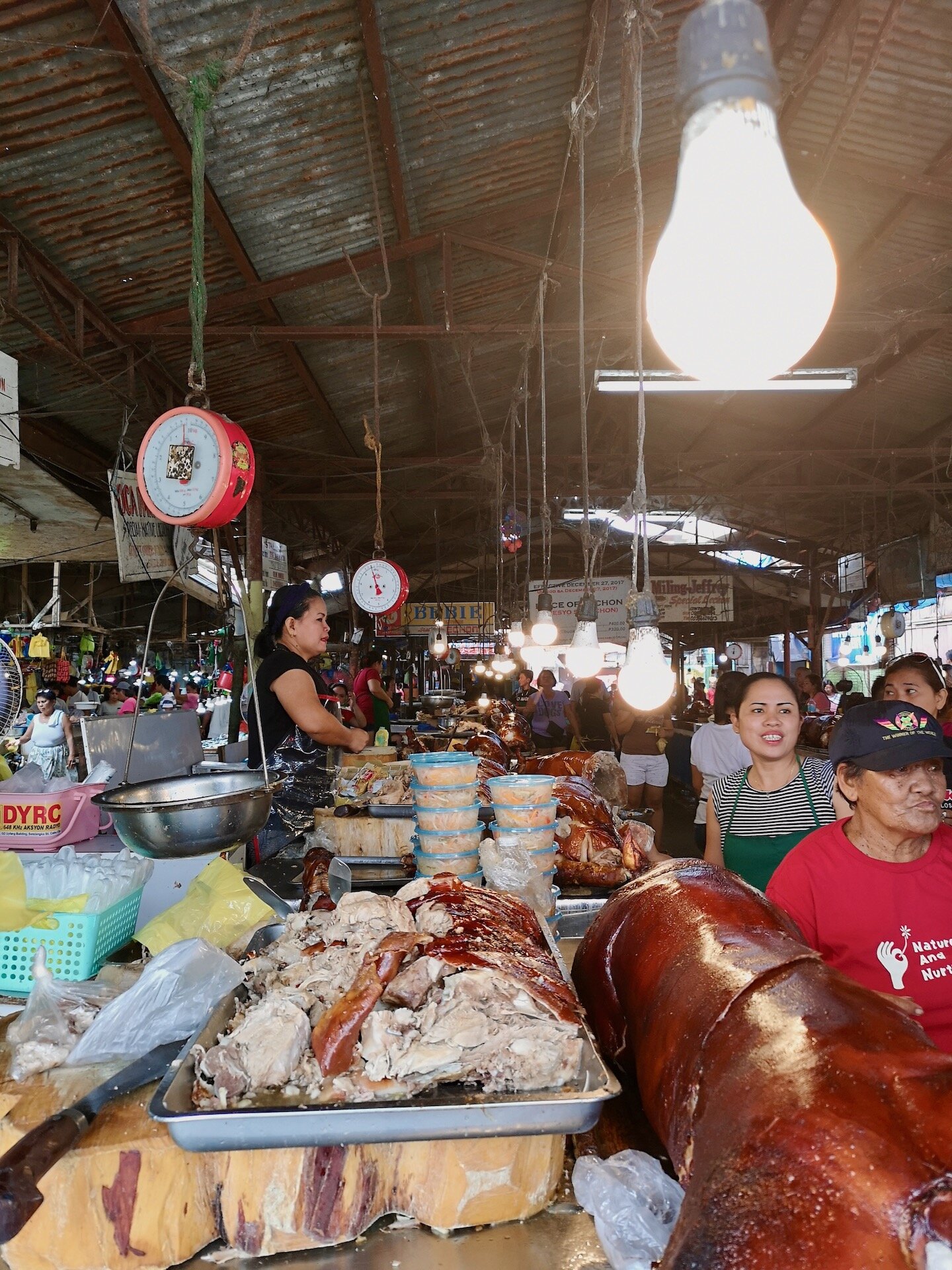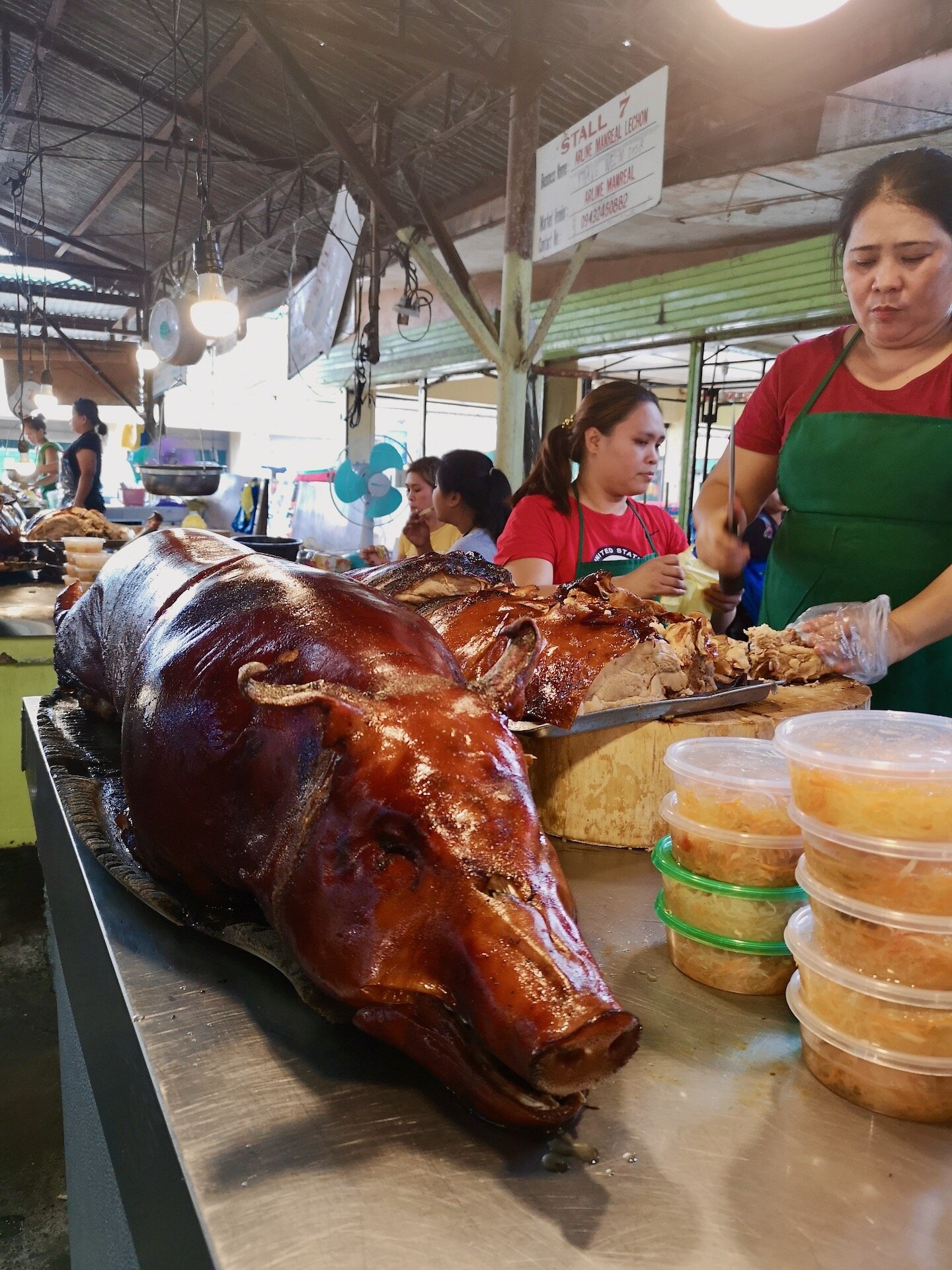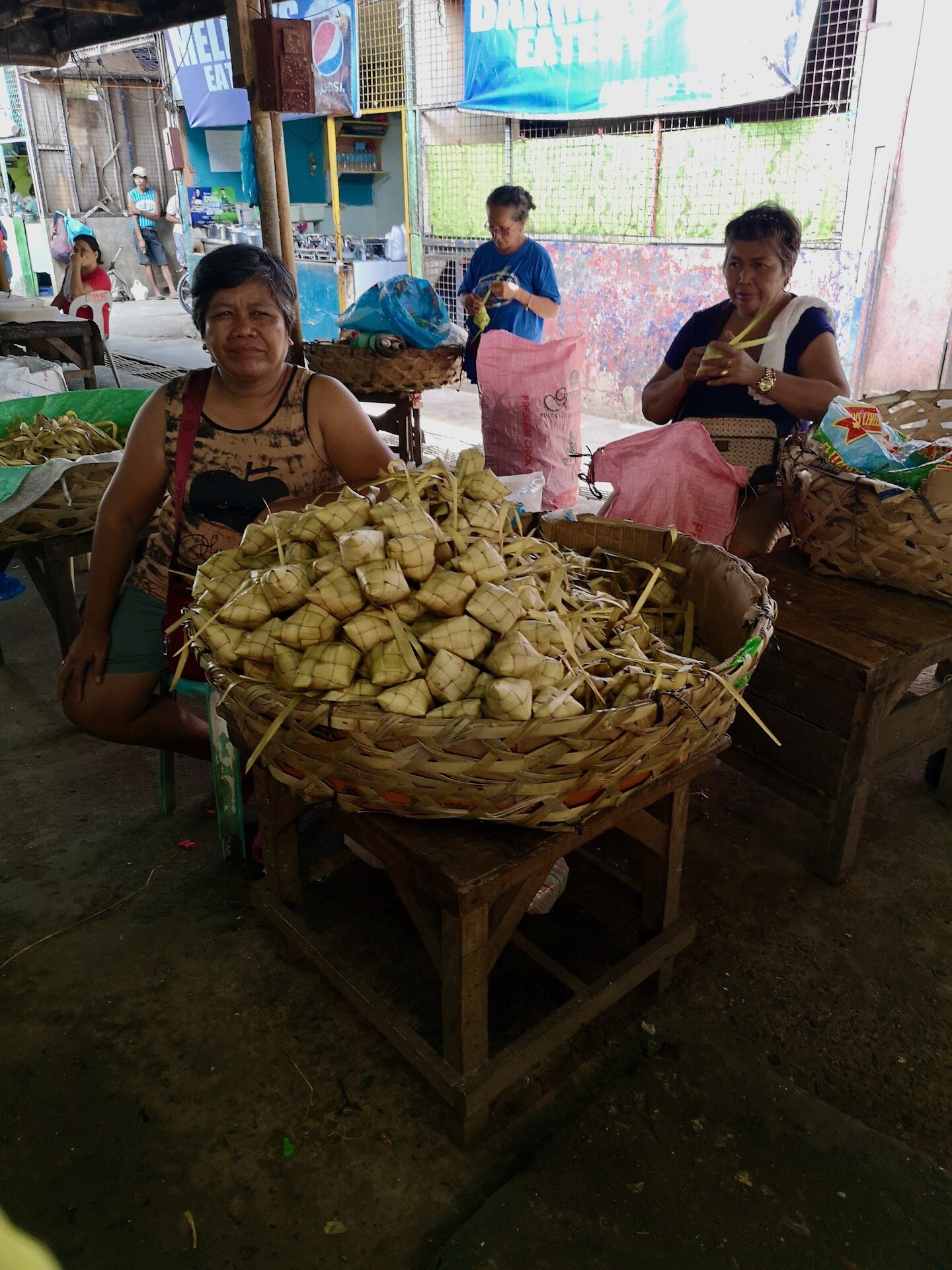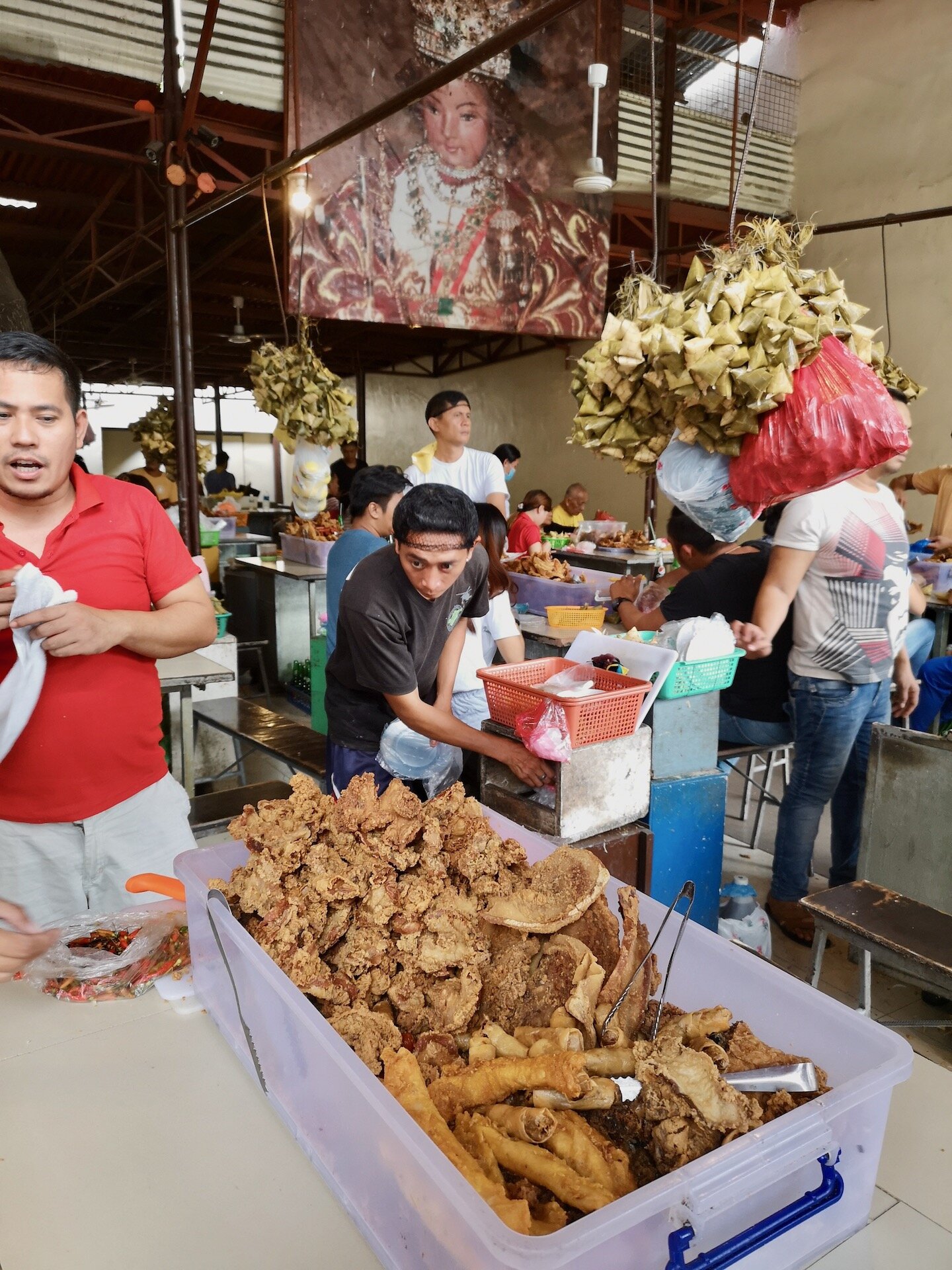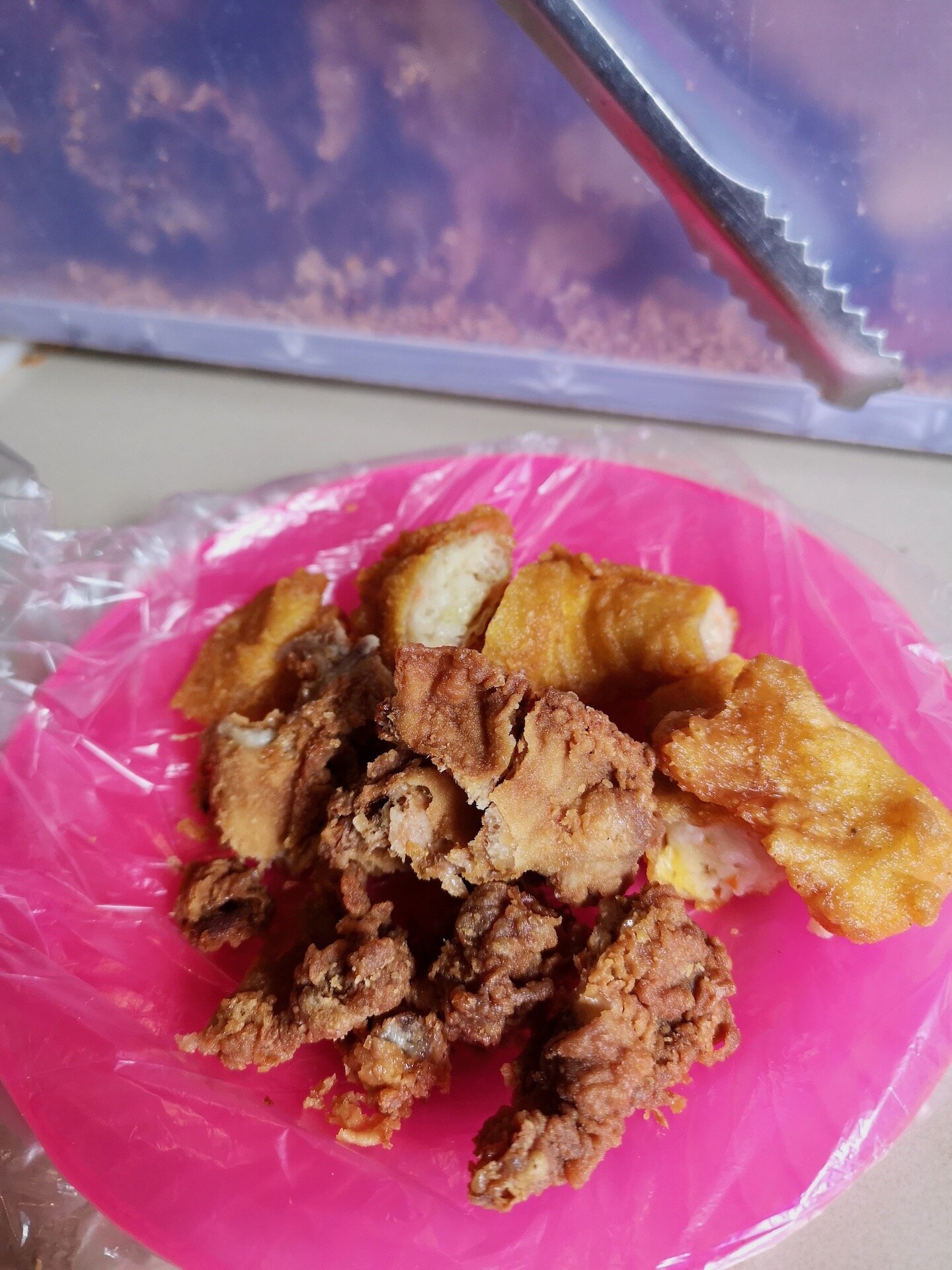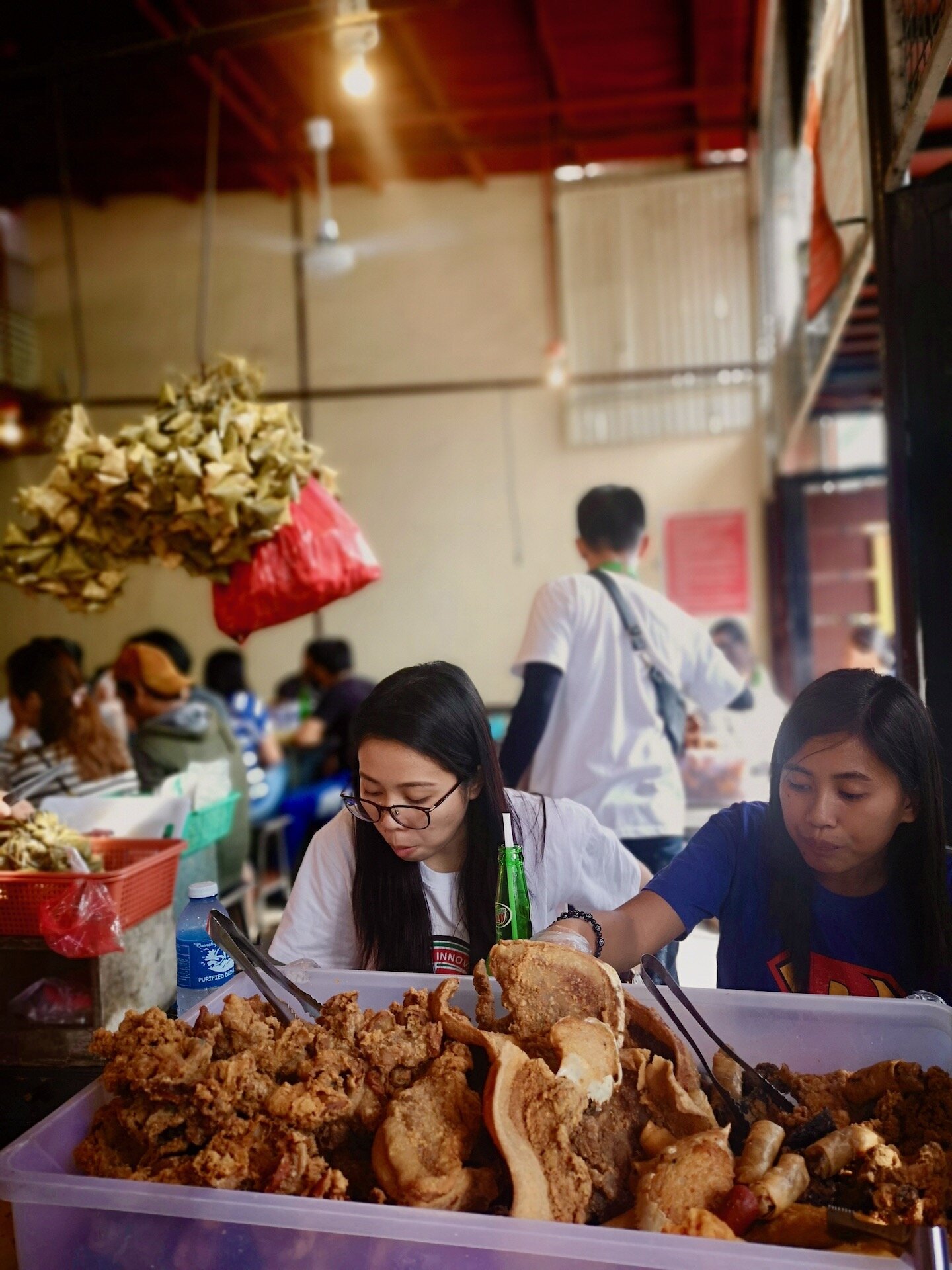Western Visayas Food Trip: A Food Tour Through Cebu
Having led food tours through Toronto, I naturally thought of looking for a food tour of Cebu that I could join while I was in town for a few days. I found Happy Juanderer Tours online, and while I wish I experienced their “Sugbo Gastronomic Tour” with a few other guests (tastings were generous, as you can imagine, and eating is always better with a group!) I had a blast wandering through Metro Cebu with my guide and driver for the day.
This post is about a year late (I took this tour in September 2019) and despite the probability of food tours possibly not running in many places over the next while…well, I think now’s a great time to revisit what was certainly an epic day! 😊
Our first stop was Jessie’s Homemade Torta in the town of Argao, Cebu, where these spongy, sweet cakes are made by the some of the best local bakers. Torta is big business here, with wholesale orders (of hundreds of cakes at a time) going out to neighbourhood bakeries, market stalls and roving vendors daily.
Torta is essentially a sweet bun with the texture and crumb of a light pound cake. Traditional torta recipes are made with egg yolks, wheat flour, condensed milk, pork lard, sugar, and a leavening agent in the form of tuba. Often described as “coconut wine”, tuba is the product of naturally fermenting sap collected from the inflorescence (or flowers) of a coconut tree (see more on tuba below). Torta, the cake, then rises as it bakes over dried coconut husks, thanks to the yeast in tuba. I mean, it doesn’t get more local than this. Those cakes were delicious!
Next, we visited Guilang’s Tableya, also in Argao, where dried cacao beans were roasted over coconut husks, threshed, then broken into nibs for processing into rounded tablets called “tableya” at the chocolate shop next door.
During the tour, I also learned that Guilang’s is perhaps the only local producer left, whose tableya is shaped not with a metal or plastic mould, but using a (rather efficient and impressive!) “finger drop” moulding technique.
We were far from done! Next, we headed to Bahal Max and met its friendly proprietor, Randy, who welcomed us into his garden (with a killer aviary) to sample the tuba (key to Argao’s torta cakes) and bahal (aged tuba) harvested and produced through a kind of informal community cooperative. I asked Randy a lot of questions about how tuba is collected, and who collects them, today - and honestly feel our short chat is the beginning of a podcast episode I’ve been dying to make.
We pulled up to Carmen’s Carinderia II (which clearly says the first was a big hit) for a lunch of everyday Cebuano specialties. We ordered bam-i (or pansit Bisaya), tolang manok (essentially like the Tagalog tinola, but less gingery, made with tasty native chickens), balbacua (a delicious stew of offcuts), and kalderetang kambing (a goat stew, with barely any tomatoes, again compared to the Tagalog version I know). Nothing beats a roadside stop!
En route back to Cebu City proper, we stopped by the town of Carcar for two things they are famous for - chicharron and lechon. It’s very easy to pig out in these parts.
To cap off the afternoon, we made a final stop at Pungko Pungko sa Fuente, a popular “pungko pungko” spot in downtown Cebu. “Pungko”, in Cebuano, is to squat, and this popular style of street food grew out of people sitting on very low benches while they ate, usually, ginabot (deep-fried pork or chicken intestines) with puso (rice steamed in palm leaves, which customers rip off from a bunch dangling from the ceiling). Spiced vinegar is mandatory. I also tried ngohiong (ground meat and vegetables with a hint of five-spice seasoning, battered and fried), and agree that everything here was fast, casual, cheap and hit the spot.
It was a very good day!
